CONCERT PROGRAMME
NOVEMBER & DECEMBER 2022
MOZART FLUTE & HARP CONCERTO SEIKA ISHIDA PLAYS MOZART SSO GALA: KRYSTIAN ZIMERMAN IN CONCERT
 MOZART FLUTE & HARP CONCERTO IN ASSOCIATION WITH THE 2022 VOILAH! FRANCE SINGAPORE FESTIVAL
MOZART FLUTE & HARP CONCERTO SUPPORTED BY
MOZART FLUTE & HARP CONCERTO IN ASSOCIATION WITH THE 2022 VOILAH! FRANCE SINGAPORE FESTIVAL
MOZART FLUTE & HARP CONCERTO SUPPORTED BY
For more FAQs
first time Is this your at the SSO?
WELCOME! You’ve begun a richly rewarding musical journey and we want you to feel comfortable at the SSO. If there’s something you’ve always wanted to ask, check out our FAQ!
WHAT SHOULD I WEAR?
We don’t enforce any dress code. Many come in business attire or smart casual outfits, and that’s great.
WHEN SHOULD I CLAP?
Many pieces of music have multiple sections called movements. E.g. most concertos have three movements while symphonies usually have four. Traditionally, applause is only expected at the end of the entire work, rather than between each movement.
If you’re unsure, check our programme booklet, or wait for the conductor to put down the baton at the end, and acknowledge the orchestra and audience.

WILL LATECOMERS BE ADMITTED?
sso.org.sg/experience/first-timers
Latecomers will not be admitted until a suitable break in the programme. This is usually after the first piece of music is finished, or it could even be during the intermission. It differs from concert to concert depending on the programme. Our honest advice: don't be late!
MOZART FLUTE & HARP CONCERTO
25 & 26 Nov 2022, Fri & Sat
Victoria Concert Hall
SEIKA ISHIDA PLAYS MOZART
30 Nov & 1 Dec 2022, Wed & Thu
Victoria Concert Hall
KRYSTIAN ZIMERMAN IN CONCERT
7 & 8 Dec 2022, Wed & Thu
Esplanade Concert Hall
For the enjoyment of all patrons during the concert:
• Please switch off or silence all electronic devices.
• Please minimise noises during performance. If unavoidable, wait for a loud section in the music.
• For the Krystian Zimerman SSO Gala concerts, photography and videography of any kind is STRICTLY NOT ALLOWED at all times.
• For the Mozart concerts above, non-flash photography is allowed only during bows and applause when no performance is taking place.
Go green. Digital programme books are available on www.sso.org.sg.
Photographs and videos will be taken at these events, in which you may appear. These may be published on the SSO’s publicity channels and materials. By attending the event, you consent to the use of these photographs and videos for the foregoing purposes.
Autograph session
Nov–Dec 2022
16
22
28 A
A
SINGAPORE SYMPHONY ORCHESTRA
Since its founding in 1979, the Singapore Symphony Orchestra (SSO) has been Singapore’s flagship orchestra, touching lives through classical music and providing the heartbeat of the cultural scene in the cosmopolitan city-state.
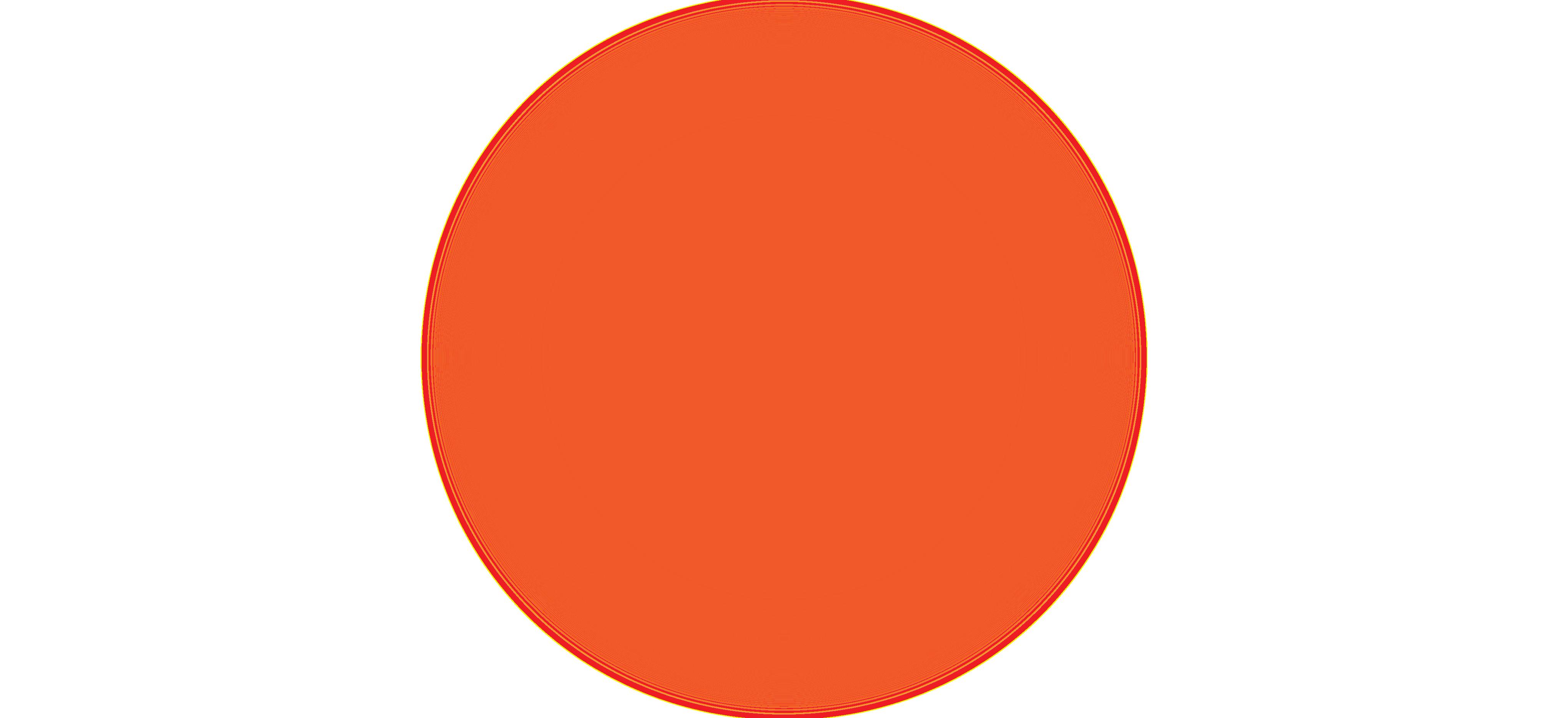
In addition to its subscription series concerts, the orchestra is well-loved for its outdoor and community appearances, and its significant role educating the young people of Singapore. The SSO has also earned an international reputation for its orchestral virtuosity, having garnered sterling reviews for its overseas tours and many successful recordings. In 2021, the SSO clinched third place in the prestigious Orchestra of the Year Award by Gramophone.
In July 2022, the SSO appointed renowned Austrian conductor Hans Graf as its Music Director, the third in the orchestra’s history after Lan Shui (1997–2019) and Choo Hoey (1979–1996). Prior to this, Hans Graf served as Chief Conductor from 2020, leading the SSO in keeping music alive during the COVID-19 pandemic.
The SSO makes its performing home at the 1,800-seat state-of-the-art Esplanade Concert Hall. More intimate works, as well as outreach and community performances
take place at the 673-seat Victoria Concert Hall, the Home of the SSO. The orchestra performs over 60 concerts a year, and its versatile repertoire spans all-time favourites and orchestral masterpieces to exciting cutting-edge premieres. The SSO launched its digital concert hall, SSOLOUNGE, in 2021. Bridging the musical traditions of East and West, Singaporean and Asian musicians and composers are regularly showcased in the concert season.
Beyond Singapore, the SSO has performed in Europe, Asia and the United States. In May 2016 the SSO was invited to perform at the Dresden Music Festival and the Prague Spring International Music Festival. This successful five-city tour of Germany and Prague also included the SSO’s second performance at the Berlin Philharmonie. In 2014 the SSO’s debut at the 120th BBC Proms in London received critical acclaim in the major UK newspapers The Guardian and The Telegraph. The SSO has also performed in China on multiple occasions.
The SSO has released more than 50 recordings, with over 30 on the BIS label. The most recent critically acclaimed albums include a Rachmaninoff box set (2021), Richard Strauss’ “Rosenkavalier and Other Works” (2020), and three Debussy discs “La Mer”, “Jeux” and “Nocturnes”. A Four Seasons album and a complete Mozart Violin Concerto cycle with Chloe Chua and Hans Graf will be released in the near future.
The SSO has also collaborated with such great artists as Vladimir Ashkenazy, Gustavo Dudamel, Charles Dutoit, Joe Hisaishi, Neeme Järvi, Okko Kamu, Hannu Lintu, Andrew Litton, Lorin Maazel, Martha Argerich, Ray Chen, Diana Damrau, Stephen Hough, Janine Jansen, Leonidas Kavakos,

Lang Lang, Yo-Yo Ma, Gil Shaham and Krystian Zimerman.
The SSO is part of the Singapore Symphony Group, which also manages the Singapore Symphony Choruses, the Singapore National Youth Orchestra, and the VCHpresents chamber music series, the Singapore International Piano Festival and the biennial National Piano & Violin Competition.
The mission of the Group is to create memorable shared experiences with music. Through the SSO and its affiliated performing groups, we spread the love for music, nurture talent and enrich our diverse communities.
HANS GRAF Music Director
LUDOVIC MORLOT
conductor
Ludovic Morlot takes over as Music Director of the Barcelona Symphony Orchestra in September 2022. His élan, elegance and intensity on stage have endeared him to audiences and orchestras worldwide, from the Berlin Philharmonic to the Boston Symphony. During his eight years as Music Director of the Seattle Symphony he pushed the boundaries of traditional concert programming, winning several Grammys.
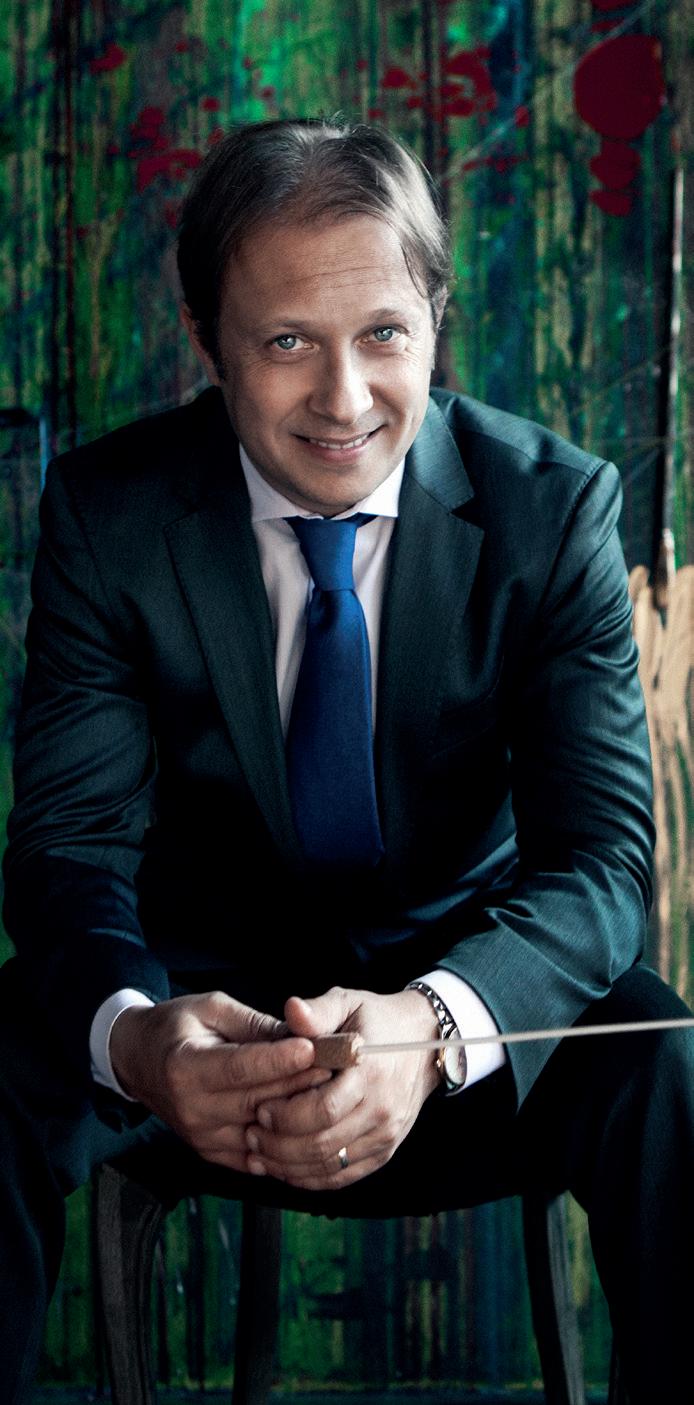
He is now Conductor Emeritus in Seattle, and in 2019 he was appointed Associate Artist of the BBC Philharmonic Orchestra
with whom he has had a close relationship over many years. His tenure in Seattle formed a hugely significant period in the musical journey of the orchestra. His innovative programming encompassed not only his choice of repertoire, but theatrical productions and performances outside the traditional concert hall space. There were numerous collaborations with musicians from different genres, commissions and world premieres. Morlot has released 19 recordings with the Seattle Symphony Media label which was launched in 2014.
Morlot has conducted the Berlin Philharmonic, Royal Concertgebouw, Czech Philharmonic, Dresden Staatskapelle, London Philharmonic and Budapest Festival orchestras, and many of the leading North American orchestras. He has also appeared extensively in Asia and Australasia, notably with the Seoul Philharmonic, Yomiuri Nippon Symphony and Melbourne Symphony Orchestras. Festival appearances have included the BBC Proms, Wien Modern, Edinburgh, and Aspen festivals.
Trained as a violinist, he studied conducting at the Pierre Monteux School (USA) with Charles Bruck and Michael Jinbo. He continued his education in London at the Royal Academy and then at the Royal College as recipient of the Norman del Mar Conducting Fellowship.
MOZART FLUTE & HARP CONCERTO | 25 & 26 NOV 2022
4
© LISA-MARIE MAZZUCCO
TA flute
Flutist, educator and composer, Jin Ta has been in the Singapore Symphony Orchestra (SSO) as Principal Flute since 1998.

In 1991, after completing his studies at the Central Music Conservatory (Beijing) with Professor Zhu Tong De, he entered the University of Michigan on a full-scholarship. In 1995, he studied with Professor Fenwick Smith at the New England Conservatory of Music and was selected as an Artist Diploma candidate in 1997. During the eight years he spent in the U.S., Jin Ta won numerous flute competitions including the Silver Prize in the National Flute Talk Competition and NFA Young Artist Competition (1995), First Prize in the James Pappoutsakis Memorial Flute Competition (1996), Israel Haifa International Flute Competition (2001), among many others.
Besides performing with the SSO, Jin Ta is dedicated to teaching. He has taught at the Nanyang Academy of Fine Arts (NAFA) and LaSalle College of the Arts. He is also a founding faculty member of the Yong Siew Toh Conservatory of Music (National University of Singapore). His students are now working in many professional orchestras in China, Taiwan and Korea. Jin Ta is also a self-taught composer and has published
a number of works such as his First Flute Sonata, and Second Sonata, “Mongol”. He frequently gives talks and masterclasses in China, Taiwan, Thailand and South Korea.
During the COVID-19 circuit breaker period, he and his wife Yu Jing (SSO Associate Principal Cello) created a flute education WeChat channel “Lumino’s art of flute” (小 鲁仔长笛艺术). This channel focusses on contributing free online flute lessons for both college level students and young flutists, and musical stories for children.
MOZART FLUTE & HARP CONCERTO | 25 & 26 NOV 2022 SEIKA ISHIDA PLAYS MOZART | 30 NOV & 1 DEC 2022
5
JIN
© LERTKIAT CHONGJIRAJITRA
GULNARA MASHUROVA harp
Gulnara Mashurova was born in Almaty, Kazakhstan. She started piano studies at the age of six and by age nine was chosen to study harp at the Pre Moscow Conservatory with Natalia Sibor. From 1991 to 1993, she studied with Vera Dulova at the Moscow Conservatory. Gulnara received her Bachelor’s and Master’s degrees in Harp Performance from the Juilliard School as a Jerome Green full scholarship recipient studying under Nancy Allen, Principal Harpist of the New York Philharmonic. She received her second Master’s in Orchestra Performance with a full scholarship from the
© BRYAN VAN DER BEEK
Manhattan School of Music studying under Deborah Hoffman, former Principal Harpist of the Metropolitan Opera Orchestra.
Gulnara was a regular substitute with the New York Philharmonic both in live performances and recordings and has toured extensively with the Orchestra. She has performed with the Metropolitan Opera Orchestra, Concertgebouw Orchestra, Sospeso Contemporary Ensemble, Absolute Ensemble, Stamford Symphony, Empire State Opera and Silkroad, the organization founded by Yo-Yo Ma.
She has appeared as a soloist with the Singapore Symphony Orchestra, the Flagstaff Symphony and the Thailand Philharmonic. In 2006 and 2007, Gulnara travelled to her native Kazakhstan to promote harp repertoire by performing concertos, recitals and chamber music.
In 2003, Gulnara joined the Singapore Symphony Orchestra as Principal Harpist and is on the faculty of the Yong Siew Toh Conservatory of Music. She performs on a Lyon and Healy Style 23 harp.

MOZART FLUTE & HARP CONCERTO | 25 & 26 NOV 2022 6
ANDREW LITTON conductor
Andrew Litton is Music Director of the New York City Ballet, former Principal Guest Conductor of the Singapore Symphony Orchestra, Conductor Laureate of Britain’s Bournemouth Symphony and Music Director Laureate of Norway’s Bergen Philharmonic. Under Litton’s leadership the Bergen Philharmonic gained international recognition through extensive recording and touring. For his efforts, Norway’s King Harald V knighted Litton with the Norwegian Royal Order of Merit. His many honours also include Yale’s Sanford Medal, the Elgar Society Medal, and an honorary Doctorate from the University of Bournemouth.
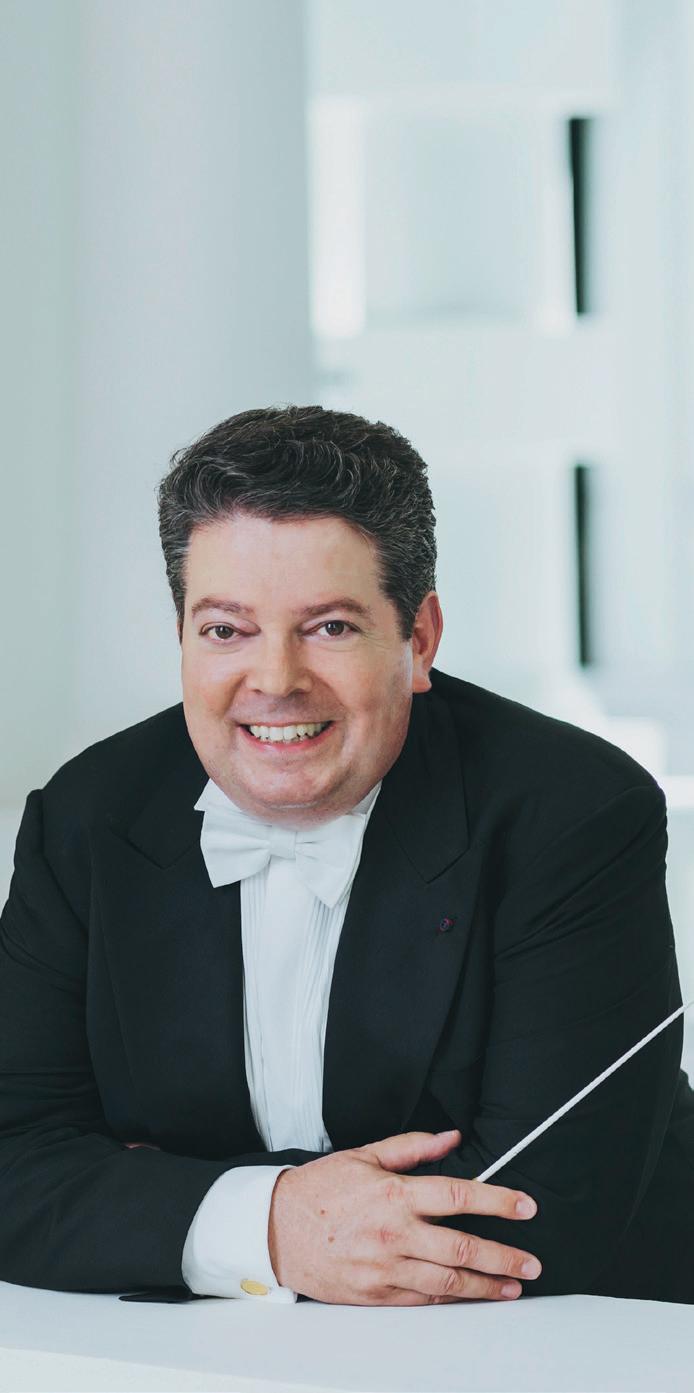
Litton was Principal Conductor of the Bournemouth Symphony from 1988–1994. As Music Director of the Dallas Symphony from 1994–2006, he hired over one third of the players, led the orchestra on three major European tours, and appeared four times at Carnegie Hall. His discography boasts over 135 recordings.
This season, Litton returns to the Bournemouth and Singapore Symphony Orchestras. He has recently conducted the BBC National Orchestra of Wales at the 2021 BBC Cardiff Singer of the World competition, and will be making appearances with NFM Wrocław
Philharmonic, Tokyo Metropolitan Symphony Orchestra, Philharmonie Zuidnederland, among others. An avid opera conductor with a keen theatrical sense, Litton has led major opera companies such as the Metropolitan Opera, The Royal Opera Covent Garden, Opera Australia and Deutsche Oper Berlin. In Norway, he was key to founding the Bergen National Opera, where he led numerous acclaimed performances.
An accomplished pianist, Litton often performs as a soloist, conducting from the keyboard. He is also an acknowledged expert on and performer of Gershwin’s music and serves as Advisor to the University of Michigan Gershwin Archives.
SEIKA ISHIDA PLAYS MOZART | 30 NOV & 1 DEC 2022
7
© DOMINIC PHUA
SEIKA ISHIDA piano
Born in Yamaguchi, Japan, 1997, Seika Ishida began playing the piano at age three and has studied with Yuko Yamane, Masahi Katayama, the late Hiroko Nakamura, and Jasminka Stancul. She has completed her Bachelor’s (2020) and Master’s Degrees (June, 2022) with the highest score at University of Music and Performing Arts Vienna, and continues her piano studies there as a postgraduate student, with Anna Malikova.
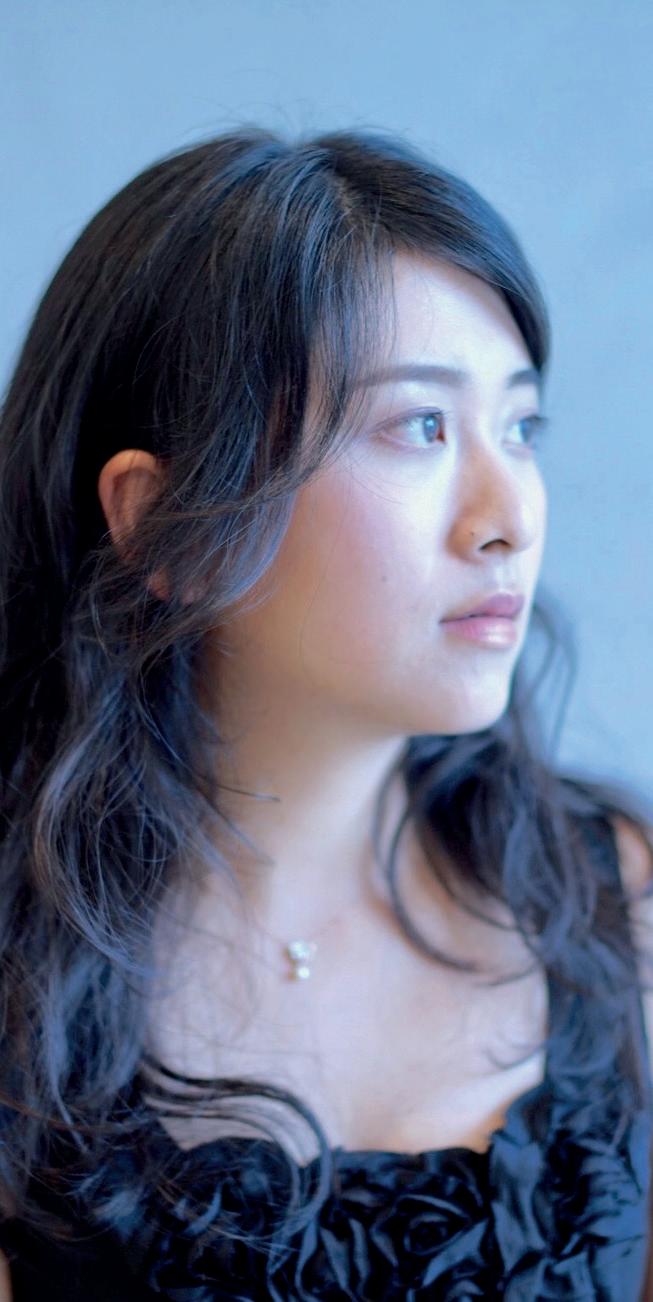
Since presenting her first European performance in 2007, she has been
awarded the Second Prize in the First Rosario Marciano International Piano Competition in Vienna, Austria, where she also received Best Schubert, Best New Piece, and Best Young Artist prizes. She also won the Second Prize at the 19th Hamamatsu International Piano Academy Competition (2015) and First Prize at the Second Krystian Tkaczewski International Piano Competition (2017), among other awards. In 2018, she made her debut in Germany (Essen & Krefeld) and Spain (Madrid), where audience described “Seika was impeccable in everything, spectacular piano technique, masterfully mastered the sound range of the Shigeru Kawai.” In September 2019, she was awarded the First Prize, as well as the Best Chinese Works Prize at the Third Zhuhai International Mozart Competition, where she performed Mozart’s Piano Concerto No. 27 under the baton of Lavard Skou Larsen. In February 2020, she received the diploma and the Best Compulsory Work Prize at the 14th International Mozart Piano Competition in Salzburg.
She was a soloist in the concert “Ein Fest für Beethoven” held in Vienna in April 2022, where she performed Beethoven’s Piano Concerto No. 2 with the Webern Symphonie Orchester, which was broadcasted on the ORF TV (Austrian national public broadcaster).
PLAYS MOZART | 30 NOV & 1 DEC 2022 8
SEIKA ISHIDA
piano/conductor
Although he performed on stage for the first time as a seven-year-old boy, Krystian Zimerman’s career began in earnest after a series of competition wins in 1975.
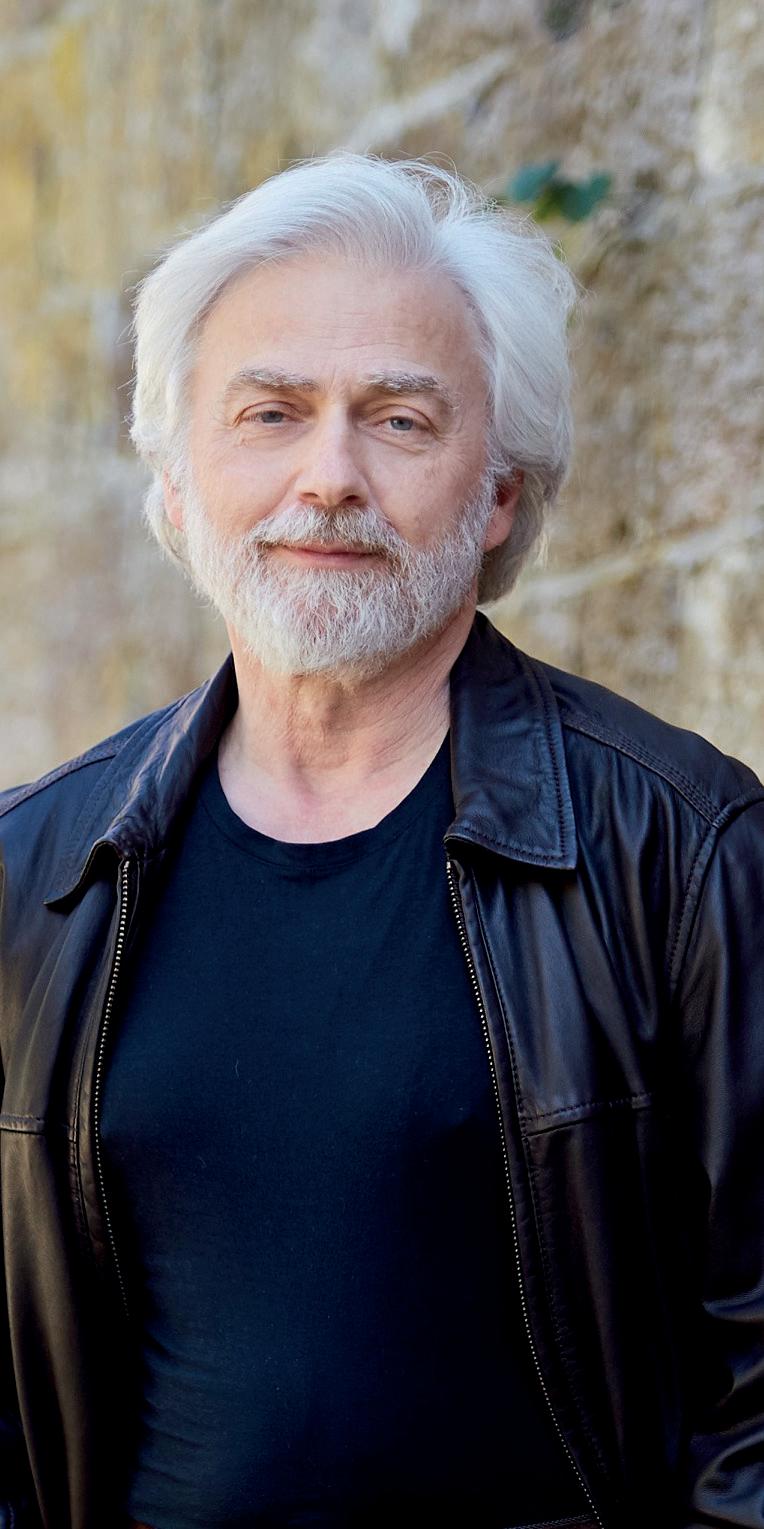
Since then Zimerman has performed more than 2,000 concerts worldwide, with 138 conductors as well as in recitals and chamber concerts. For over 43 years he has collaborated and made recordings with leading orchestras such as the Berlin Philharmonic, Vienna Philharmonic, London Symphony, BBC Symphony, Boston Symphony, among many others, working on projects with renowned conductors like Karajan, Bernstein, Ozawa, Kondrashin, Boulez, Rattle, and Giulini. Zimerman’s recordings have been released exclusively by Deutsche Grammophon since 1976. For his recording of Chopin concertos where he served as both conductor and pianist, he received a Gold record as well as a Quadruple Platinum record. In 2017, a CD of the two late sonatas of Schubert was released as his first solo album in 25 years, winning acclaim throughout the world. The most recent CD of Szymanowski piano works was recorded and released to commemorate the 140th anniversary of this Polish composer, and it topped the billboard chart within one month.
2018 was the 100th birth anniversary of Leonard Bernstein, with whom Krystian Zimerman collaborated over a period of 15 years. The two artists worked together
with many orchestras to record pieces by Stravinsky, Beethoven, Brahms, and Bernstein. During those recordings, Zimerman promised that he would perform with Bernstein on his 100th birthday. To celebrate this anniversary, he performed Bernstein’s 2nd Symphony throughout the world with orchestras including the Philharmonia Orchestra, Berlin Philharmonic and London Symphony. The CD of this work performed with Berlin Philharmonic conducted by Simon Rattle was released by Deutsche Grammophon in 2018 and is one of the most magnificent homages ever paid to this great composer-conductor. The expression of gratitude and respect to his predecessors has always served as a driving force for Zimerman as an artist.
| 7
KRYSTIAN 8 DEC 2022
ZIMERMAN
SSO GALA: KRYSTIAN ZIMERMAN IN CONCERT
&
9
© BARTEK BARCZYK
As a broad-based grantmaking organisation, Tote Board works closely with stakeholders and partners to support broad and diverse worthy projects in the sectors of Arts & Culture, Community Development, Education, Health, Social Service and Sports. Through these projects, Tote Board helps to uplift the community by giving hope to vulnerable groups and improving the lives of all in Singapore. ToteBoardSG




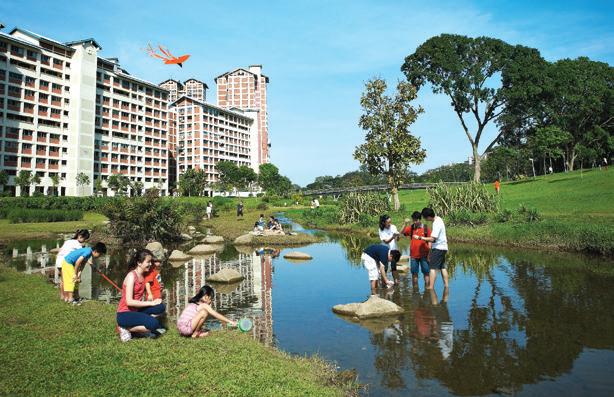

ToteBoardSG

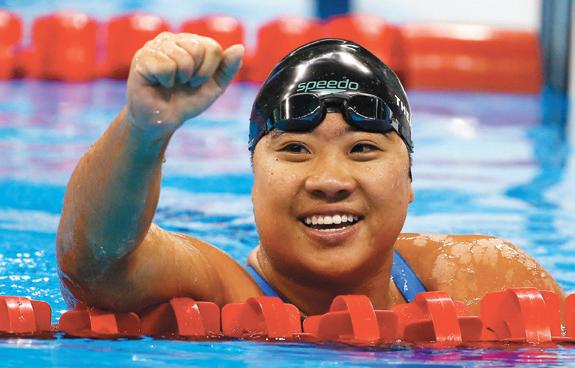

www.toteboard.gov.sg
’s goal is to help build a flourishing society. We want to inspire positive change and contribute towards building an inclusive, resilient and vibrant community, while fostering a caring and compassionate nation.




The Orchestra
HANS GRAF
Music Director
RODOLFO BARRÁEZ
Associate Conductor
CHOO HOEY
Conductor Emeritus
LAN SHUI
Conductor Laureate
EUDENICE PALARUAN
Choral Director
WONG LAI FOON
Choirmaster
FIRST VIOLIN
(Position vacant) Concertmaster, GK Goh Chair Kong Zhao Hui1
Associate Concertmaster Chan Yoong-Han2 Fixed Chair Cao Can* Chen Da Wei Duan Yu Ling Foo Say Ming Jin Li Kong Xianlong Cindy Lee Karen Tan William Tan Wei Zhe Ye Lin* Zhang Si Jing*
SECOND VIOLIN
Tseng Chieh-An Principal Michael Loh Associate Principal Nikolai Koval* Sayuri Kuru Hai-Won Kwok Chikako Sasaki* Margit Saur Shao Tao Tao Wu Man Yun* Xu Jueyi* Yeo Teow Meng Yin Shu Zhan* Zhao Tian*
VIOLA
Manchin Zhang Principal Guan Qi Associate Principal Gu Bing Jie* Fixed Chair Hyunjae Bae Joyce Huang Marietta Ku Luo Biao Julia Park Shui Bing Janice Tsai Dandan Wang Yang Shi Li
CELLO
Ng Pei-Sian Principal, The HEAD Foundation Chair Yu Jing Associate Principal Guo Hao Fixed Chair Chan Wei Shing Jamshid Saydikarimov Song Woon Teng Wang Yan Wu Dai Dai Zhao Yu Er
DOUBLE BASS
Yang Zheng Yi Associate Principal Karen Yeo Fixed Chair
Olga Alexandrova Jacek Mirucki Guennadi Mouzyka Wang Xu
FLUTE
Jin Ta Principal, Stephen Riady Chair
Evgueni Brokmiller Associate Principal
Roberto Alvarez Miao Shanshan
PICCOLO
Roberto Alvarez Assistant Principal
OBOE
Rachel Walker Principal
Pan Yun Associate Principal Carolyn Hollier
Elaine Yeo
COR ANGLAIS
Elaine Yeo Associate Principal
CLARINET
Ma Yue Principal
Li Xin Associate Principal Liu Yoko Tang Xiao Ping
BASS CLARINET
Tang Xiao Ping Assistant Principal BASSOON
Liu Chang Associate Principal Christoph Wichert Zhao Ying Xue
CONTRABASSOON
Zhao Ying Xue Assistant Principal
HORN
Gao Jian Associate Principal
Jamie Hersch Associate Principal Marc-Antoine Robillard Associate Principal Hoang Van Hoc
TRUMPET
Jon Paul Dante Principal David Smith Associate Principal Lau Wen Rong
TROMBONE
Allen Meek Principal Damian Patti Associate Principal Samuel Armstrong
BASS TROMBONE
Wang Wei Assistant Principal
TUBA Tomoki Natsume Principal
TIMPANI Christian Schiøler Principal
PERCUSSION
Jonathan Fox Principal Mark Suter Associate Principal Mario Choo Lim Meng Keh HARP
Gulnara Mashurova Principal
With deep appreciation to the Rin Collection for their generous loan of string instruments.
Kong Zhao Hui performs on a J.B. Guadagnini of Milan, c. 1750, donated by the National Arts Council, Singapore, with the support of Far East Organization and Lee Foundation.
Chan Yoong-Han performs on a David Tecchler, Fecit Roma An. D. 1700, courtesy of Mr G K Goh. Musicians listed alphabetically by family name rotate their seats on a per programme basis.
* 1 2
Guest Musicians
FIRST VIOLIN
Li Qing Guest Concertmaster
FIRST VIOLIN
Igor Yuzefovich Guest Concertmaster
SECOND VIOLIN
Martin Peh
OBOE
Celia Craig Guest Principal
HORN Bryan Chong
FIRST VIOLIN
Igor Yuzefovich Guest Concertmaster
Lim Shue Churn
SECOND VIOLIN
Yew Shan
DOUBLE BASS
Julian Li
HORN Bryan Chong
MOZART FLUTE & HARP CONCERTO | 25 & 26 NOV 2022
SEIKA ISHIDA PLAYS MOZART | 30 NOV & 1 DEC 2022
SSO GALA: KRYSTIAN ZIMERMAN IN CONCERT | 7 & 8 DEC 2022
14
We look forward to seeing you in the air again

An elevated experience awaits on board the world’s most awarded airline
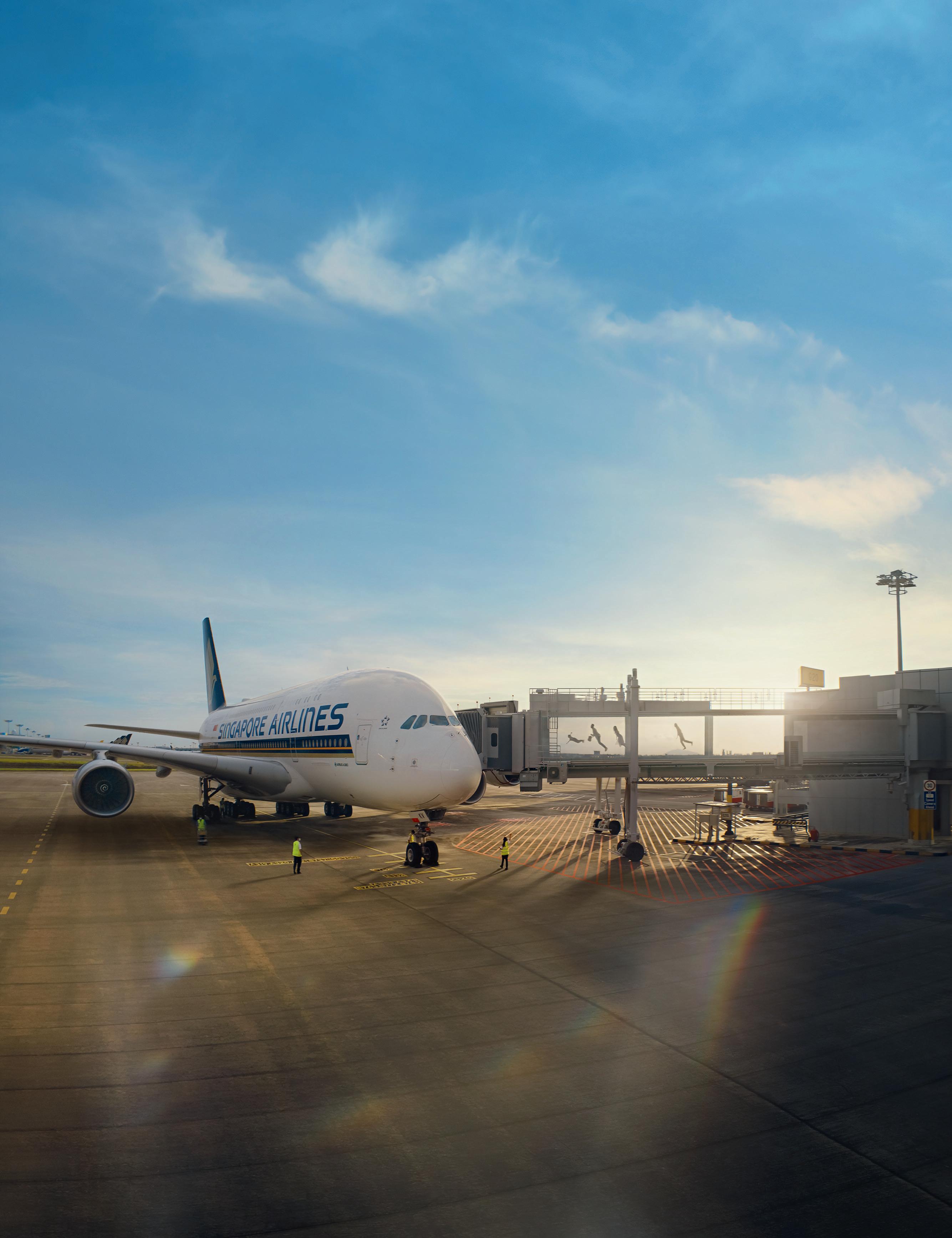
Watch the video
MOZART FLUTE & HARP CONCERTO
LE BŒUF SUR LE TOIT –MILHAUD, MOZART AND SPRING
Singapore Symphony Orchestra
Ludovic Morlot conductor
Jin Ta flute* Gulnara Mashurova harp*
MILHAUD MOZART SCHUMANN
Le Bœuf sur le Toit, Op. 58 SSO Premiere
25 & 26 Nov 2022, Fri & Sat Victoria Concert Hall 15 mins 30 mins 20 mins 30 mins
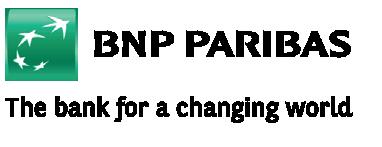
Concerto for Flute and Harp in C major, K. 299* Intermission Symphony No. 1 in B-flat major, Op. 38 “Spring”
Concert Duration: approximately 1 hr 50 mins (with 20 mins intermission)
CHECK-IN TO TONIGHT'S CONCERT Scan this QR code with the
Mobile App.
FLUTE
HARP CONCERTO | 25 & 26 NOV 2022
autograph signing with
at the
A
with
16
Singapore Symphony
MOZART
&
Intermission
Jin Ta and Gulnara Mashurova
Foyer, Level 2.
In association
the 2022 vOilah! France Singapore Festival Supported by
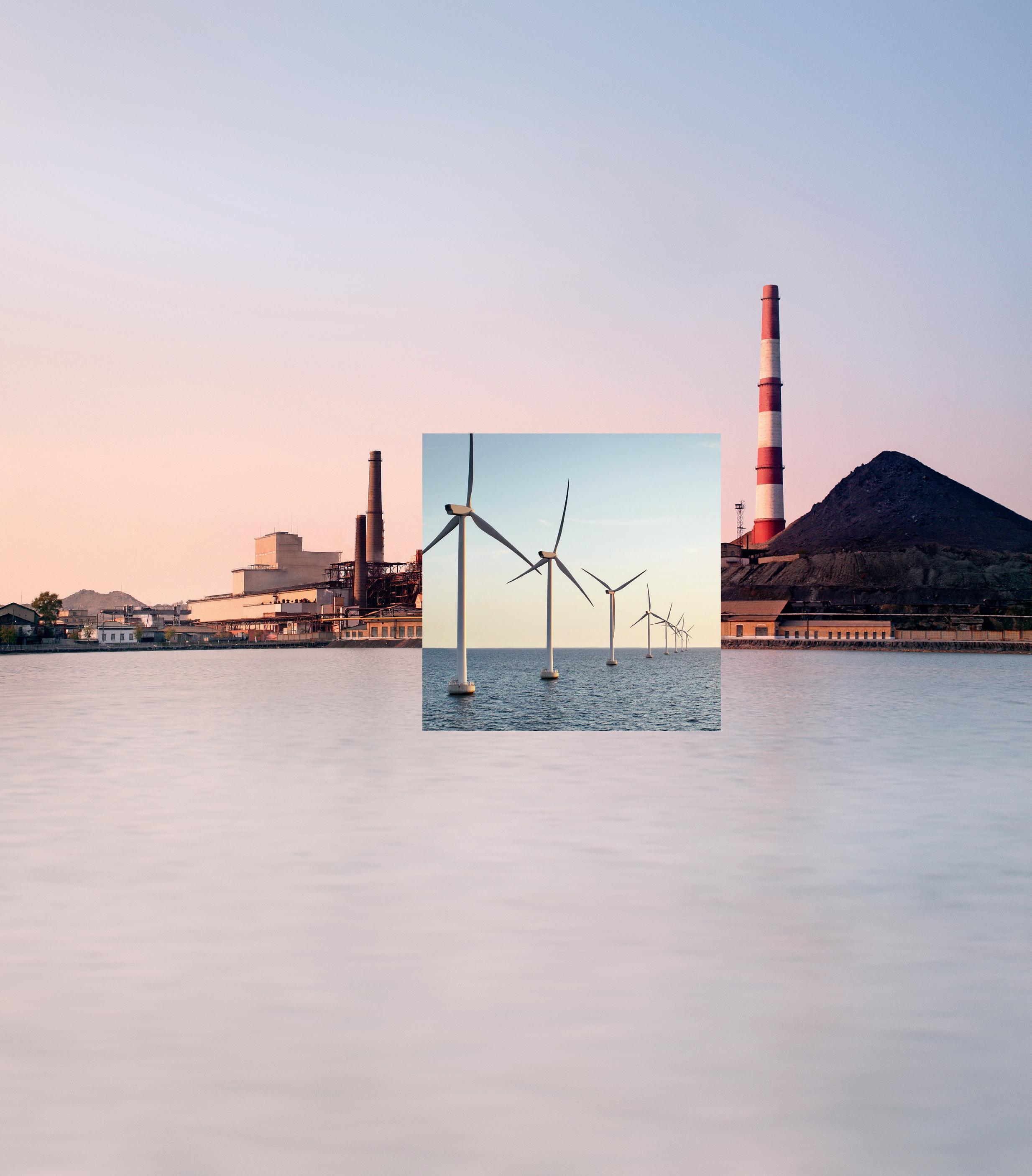


DARIUS MILHAUD (1892–1974)
Le Bœuf sur le Toit, Op. 58 (1919) SSO
Darius Milhaud is often categorised as a neo-classicist based on his association with the loose collective of composers called Les Six: five French and one Swiss, all of whom were friends and colleagues with the glitterati of western European cultural life, championed by the writer and critic Jean Cocteau. The label may very well be accurate based on the vast range of things that have been labelled “neoclassical”, but it is meaningless when applied to someone who had a musical range as large as Milhaud.
The sunny flavours of his music may be attributed to his Provençal upbringing — indeed, the main conservatory in Aix-enProvence is named after him — but also to the years he spent as French cultural attaché in Brazil, where he luxuriated in the sounds and rhythms of Brazilian popular and folk music. The opening of this piece is an original theme composed to sound like a maxixe, a type of Brazilian dance that arose out of the tango and habanera and eventually contributed to the samba genre.
Originally, Milhaud intended to offer the music to Charlie Chaplin as the accompaniment to a silent film, but that fell through and the music was eventually premiered as a surrealist ballet with a scenario by Cocteau. While there is a distinct lack of real plot or narrative in the ballet, the title of the piece itself (“The Ox on the Roof”) comes from an old French legend of a man who insisted on keeping a calf in his top-floor Parisian apartment, only to find it had become too large to move anywhere else when it was grown. It also gained an
PREMIERE
English title when it was presented across the Channel, and as “The Nothing Doing Bar” it was so successful it spawned touring productions in the early 1920s.
Milhaud’s typical nods to bitonality appear throughout: when a key is well-established, he often includes “comments” from elsewhere in the orchestra that hint at a dissonant other key. As early as the second page of music, the flute and clarinet are already “commenting” in E-flat and F-sharp over the bright C major maxixe, and as the music builds, such dissonant sprinklings increase in frequency and rudeness. The loud brass accompaniment with C major and G major chords in the middle of a G-flat major section less than two minutes in is a great example of what to expect in the rest of the ballet score!
Instrumentation
2 flutes (1 doubling on piccolo), oboe, 2 clarinets, bassoon, 2 horns, 2 trumpets, trombone, bass drum, güiro, tambourine, tambourine provençale, strings
World Premiere 21 Feb 1920, Paris
&
CONCERTO | 25 & 26 NOV 2022
MOZART FLUTE
HARP
18
WOLFGANG AMADEUS MOZART (1756–1791)
Concerto for Flute and Harp in C major, K. 299 (1778)
I II III
Allegro Andantino Rondeau. Allegro
Mozart’s “middle period” K. 299 (written when he was a youth of twenty-two) turned out to be the only piece of music he wrote for the harp – a commission from the fluteplaying Duke of Guînes for his daughter, who played the harp.
In the 1770s, the harp was still in development as an orchestral instrument. It had its popular uses in folk and other “low” music, but was still regarded as a plucked piano where the classical tradition was concerned. By writing for this combination, Mozart was well ahead of his time; the 19th century would produce much more music for flute and harp. Apparently, he must have found the experience strange, since the harp never returned in any of his future music. Mozart’s concerto form here is a standard fast-slow-fast, and he does not venture far from the expected harmonies. The bright C major is a key that suited the early harp, and there is precious little chromaticism throughout, though there is a notable section in the rondo finale where the theme returns in the minor key instead of the expected major.
The chamber orchestra used here is even smaller than the orchestras Mozart employed for his concertante works, no doubt with the low volume of the 18th-century harp in mind. The usual complement of strings is there, but to that is added only a pair of oboes and a pair of horns, presumably not to get in the way of the much higher solo
flute line. The harp, meanwhile, is treated as a sort of analogue to the piano, with plenty of accompanimental figures to the much more individualistic flute part. Unusually enough, in the intervening 250 years, no other work for this combination of flute, harp, and orchestra has made it into regular performance.
Instrumentation 2 oboes, 2 horns, strings
World Premiere Unknown
First performed by SSO 3 Mar 1989 (Marisa Robles, harp; Richard Adeney, flute)
MOZART FLUTE & HARP CONCERTO | 25 & 26 NOV 2022
19
ROBERT SCHUMANN (1810–1856)
Symphony No. 1 in B-flat major, Op. 38 “Spring” (1841)
I II III IV
Andante un poco maestoso. Allegro molto vivace Larghetto Scherzo. Molto vivace Allegro animato e grazioso
Schumann’s symphonies form a much less unified body of work when placed beside the towering achievements of his Lieder output. They have been more or less maligned throughout their performance history, with several composers seeing fit to “fix” balance issues and orchestration oddities, most famously Mahler. Some others have even orchestrated his piano pieces to add to the body of his orchestral music (Tchaikovsky’s version of some of the Symphonic Etudes is a great example).
While his strengths always lay in the smallscale and miniature, his wife Clara had been encouraging his attempts at symphonic writing. Noting that his piano music had always seemed to strive for something beyond the instrument’s capabilities, and knowing that he admired her compositional skill at orchestration, she kept trying to bring him to the symphony as a genre, until, in a burst of inspiration in January 1841, he sketched the musical thrust of the entire work in four days, and completed its orchestration over the next month.
The symphony had its premiere in Leipzig under the leadership of Mendelssohn, and it was warmly welcomed by the musical cognoscenti, who gave it the nickname of “Spring” and its literary association with an Adolf Böttger poem (Frühlingsgedicht, “Spring Poem”). Schumann had indeed originally included subtitles for each of its movements, but removed them before
publication, though he would go on to speak of its spring-like spirit and of the music coming alive.
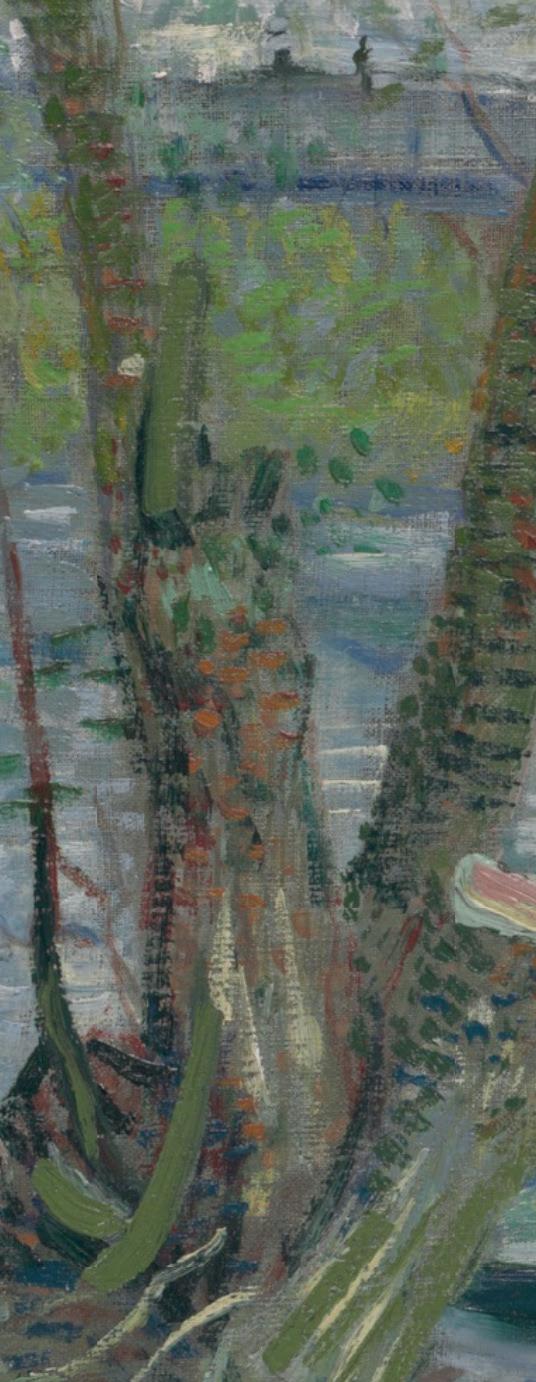
In the early part of the Romantic period, the orchestra was still undergoing various stages of post-Beethovenian expansion, and Schumann’s contribution was to demand a much larger set of timpani re-tunings, involving a third drum — the first major orchestral work to require more than two. An opening fanfare demonstrates an extended brass section too, with four horns and three trombones, though this moves quickly into an upbeat Allegro molto vivace that is lively and forward-looking.
The slow movement is beautifully judged, and moves subtly between the strings and
MOZART FLUTE & HARP CONCERTO | 25 & 26 NOV 2022
20
Fishing in Spring, the Pont de Clichy (Asnières) (1887) by Vincent van Gogh
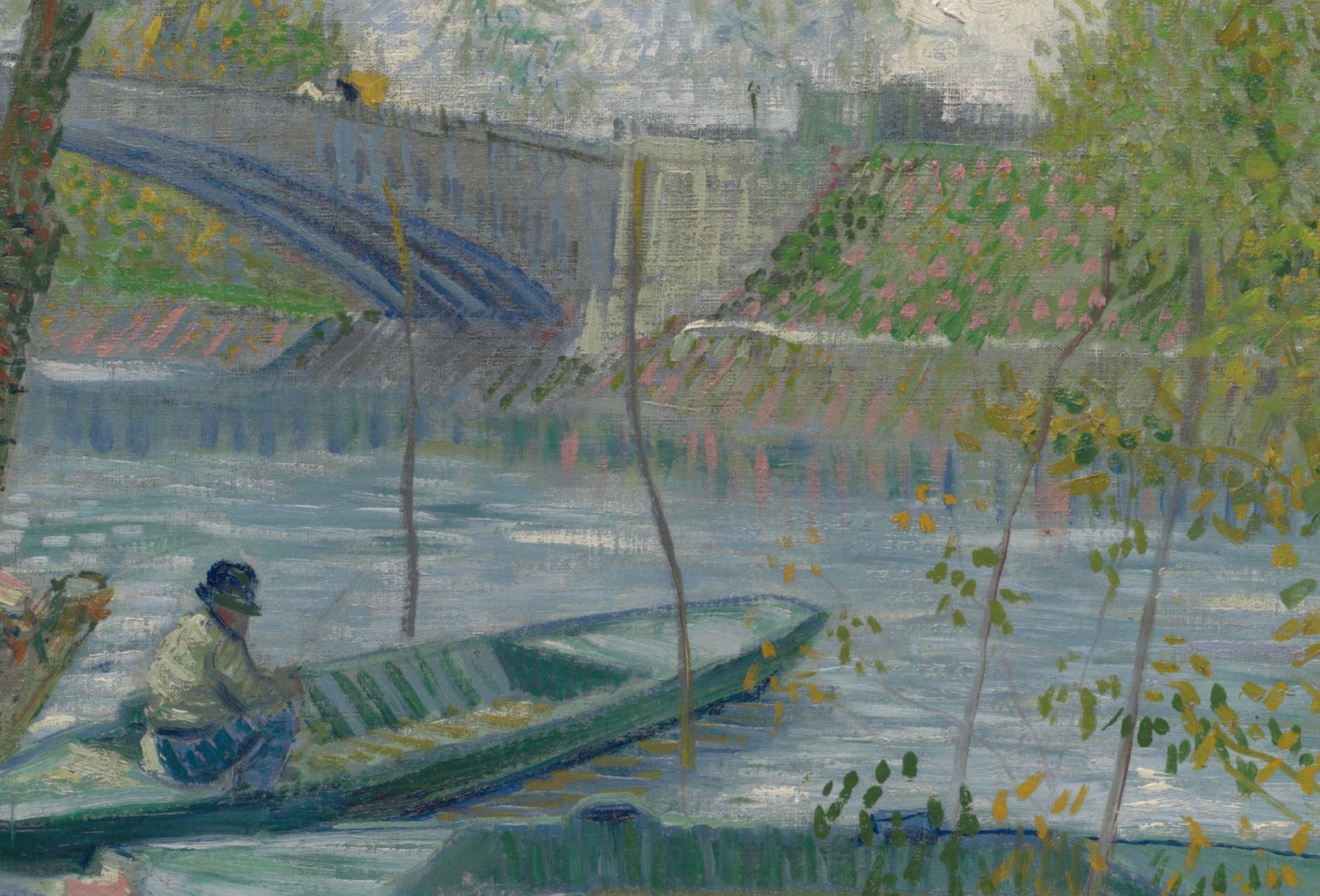
brass chorales in some of Schumann’s best orchestral writing. It rushes straight into the Scherzo, an unusual Schumann formal innovation, and the cyclical nature of Schumann’s musical imagination comes to light as the first trio recalls ideas from the first movement. The final movement behaves almost like a Haydn finale, with its lively syncopations and chattering strings over a dance-like accompaniment, but it also recalls the final theme from the piano cycle Kreisleriana. An unusually operatic coda closes out the piece, Schumann triumphantly closing off his first major foray with sequences and an increased pace until the final B-flat major exclamation.
Programme notes by Thomas Ang
Instrumentation
2 flutes, 2 oboes, 2 clarinets, 2 bassoons, 4 horns, 2 trumpets, 3 trombones, timpani, triangle, strings
World Premiere 31 Mar 1841, Leipzig
First performed by SSO 13 May 1980
MOZART FLUTE & HARP CONCERTO | 25 & 26 NOV 2022
21
SEIKA ISHIDA PLAYS MOZART
POETRY OF THE PIANO
30 Nov & 1 Dec 2022, Wed & Thu
Victoria Concert Hall
Singapore Symphony Orchestra
Andrew Litton conductor
Seika Ishida piano1 Jin Ta flute2
GRIFFES
MOZART
Poem for Flute and Orchestra2 SSO Premiere
Piano Concerto No. 20 in D minor, K. 4661 Intermission
TCHAIKOVSKY
Orchestral Suite No. 3 in G major, Op. 55
9 mins 30 mins 20 mins 41 mins
Concert Duration: approximately 2 hrs (with 20 mins intermission)
CHECK-IN TO TONIGHT'S CONCERT Scan this QR code with the Singapore Symphony Mobile App.
SEIKA
PLAYS MOZART | 30 NOV & 1 DEC 2022 22
Supported by Japanese Chamber of Commerce and Industry Singapore
ISHIDA
CHARLES TOMLINSON GRIFFES (1884–1920) Poem for Flute and Orchestra (1918) SSO PREMIERE
History is full of what-ifs, and American composer Charles Tomlinson Griffes is one of them. A New York native, he left his studies as a performer at the Stern Conservatory and went into composition, studying briefly in Berlin with Engelbert Humperdinck. Returning to the USA, he became a music teacher in a boys’ school, which while grim and unrewarding, brought him some measure of financial stability, allowing him to compose and have the summers free. He composed mostly for the piano, chamber ensembles, and the voice (his art songs are still popular in American concert halls).
A meticulous diarist, his diaries provide a rich insight into life, both musical and otherwise, in New York City from 1907 to 1919. They chronicle the work he put into his music, from personally correcting proofs and preparing copies of his own large orchestral scores due to being unable to afford editors or copyists, to the ceaseless pursuit of performance opportunities, to the struggles with his publisher Schirmer. Much of the content of his diaries were destroyed by his sister after his death to hide his homosexual identity, for publication of these would have not only ruined his reputation, but also of the men in his social circle mentioned by name, in an age when public acceptance of different sexualities was very different.
From a young age, he had an unusual sensitivity to colour, and was fastidiously well-groomed and dressed. This sensitivity to aesthetics carried over into his music, and he had a preoccupation with the association
of certain keys to certain colours. At any rate, his music is the most famous American contribution to musical Impressionism, and the exotic, mysterious sound of French Impressionists influenced him greatly during his time in Europe. The result is a small and unique output of work that has been described as “some of the most beautiful music ever composed by an American”.
Essentially a one-movement concerto for flute and orchestra, the Poem for Flute and Orchestra, composed in 1918, was premiered in November 1919 by the New York Symphony Orchestra. The opening sets a dreamy atmosphere with the basses and strings, before the flute flutters in. This opening will be a refrain throughout the work, giving continuity to what seems an exploration of lush chromaticism, polyrhythms, and textures. The flute alternates between feverishly energetic dances and languid reflective episodes, making for striking soundscapes. The New York Tribune called it a “composition of much grace and variety of expression, rich in melodic ideas and written with an unusual feeling both for the solo instrument and for the orchestra. If Americans can but continue to produce such works, all talk of the unrequited native composer will be speedily set at rest.” Unfortunately, this task had to be left to his successors.
Griffes caught the influenza during the worldwide Spanish Flu pandemic, collapsing right after a Carnegie Hall performance of his music in December 1919, eventually dying in April 1920 at the age of 35, right when his career began to take off. What if Griffes
SEIKA ISHIDA PLAYS MOZART | 30 NOV & 1 DEC 2022
23
had continued with piano performance studies instead of taking up composition? What if he did not have the support and networking of his bathhouse friends and acquaintances? What if he had lived a longer life? All fascinating questions to which we will never know the answers.
ISHIDA PLAYS MOZART
Instrumentation 2 horns, bass drum, gong, snare drum, tambourine, harp, strings
World Premiere 16 Nov 1919, New York
WOLFGANG AMADEUS MOZART (1756–1791)
Piano Concerto No. 20 in D minor, K. 466 (1785)
I II III
Allegro Romanza Rondo. Allegro assai
Mozart’s Piano Concerto No. 20 in D minor, K. 466 was written in a fit of inspiration and premiered in 1785. When he wrote this, Mozart was living in Vienna and giving subscription concerts, which gave him a substantial income. Mozart and his wife Constanze adopted a lavish lifestyle, moving into an expensive apartment, sending their son Karl Thomas to an expensive boarding school, and kept servants. In short, Mozart was doing very well – socially and financially secure. Between 1782 and 1785, Mozart’s subscription concerts premiered three or four new piano concertos in each season, with himself as soloist.
Being one of only two in a minor key, this concerto has captivated listeners with its dramatic and dark passion. D minor is, for Mozart, the key of tragedy and emotional conflict. The young Beethoven particularly admired Mozart’s Piano Concerto No. 20 – so much so, in fact, that he composed a cadenza for the work, and it was the only one he played in public. Throughout the 19th century, it was the sole concerto by Mozart that was regularly performed –
evidently its dark beauty spoke to musicians and audiences raised on Chopin and Liszt.
The first movement, opening with throbbing D minor chords, is clearly about rhythm and tension, almost setting the stage, just like the terrifying D minor chords that open Don Giovanni and accompany Don Juan being dragged down to hell, then going down to an ominous quiet for the piano to make its appearance. In all of Mozart’s previous concerti, when the piano enters, it repeats the theme established by the orchestra. Here, the piano begins with its own highly individual phrases, without once repeating those signature D minor chords in the entire movement. Conversely, the piano’s opening singing recitative lines are not imitated by the orchestra. A tense relationship ensues, almost like a dialogue between protagonist and chorus in a Greek tragedy. Here Mozart pushes the piano concerto into a space where it almost intersects with symphony and opera.
SEIKA
| 30 NOV & 1 DEC 2022
24
The second movement is a serene B-flat major Romanza, which starts as a lyrical and serene piano solo, but goes into a second theme in the relative key of G minor, which Mozart’s father Leopold called “the noisy part with the fast triplets”, recalling the unrest of the prior movement.
The final movement is a charged and forceful rondo which, in its darkness and power, anticipates the minor-key finale of Beethoven’s Third Piano Concerto. Finally, just as the chilling D minor of Don Giovanni ends in the brilliance of D major, so too this dramatic concerto ends in D major in a cheerful coda that is equivalent to the tidy happy ending required by the 18th century opera stage.
Instrumentation flute, 2 oboes, 2 bassoons, 2 horns, 2 trumpets, timpani, strings
World Premiere 11 Feb 1785, Vienna
First performed by SSO 15 Apr 1980 (Lola Belle Wee-Wong, piano)
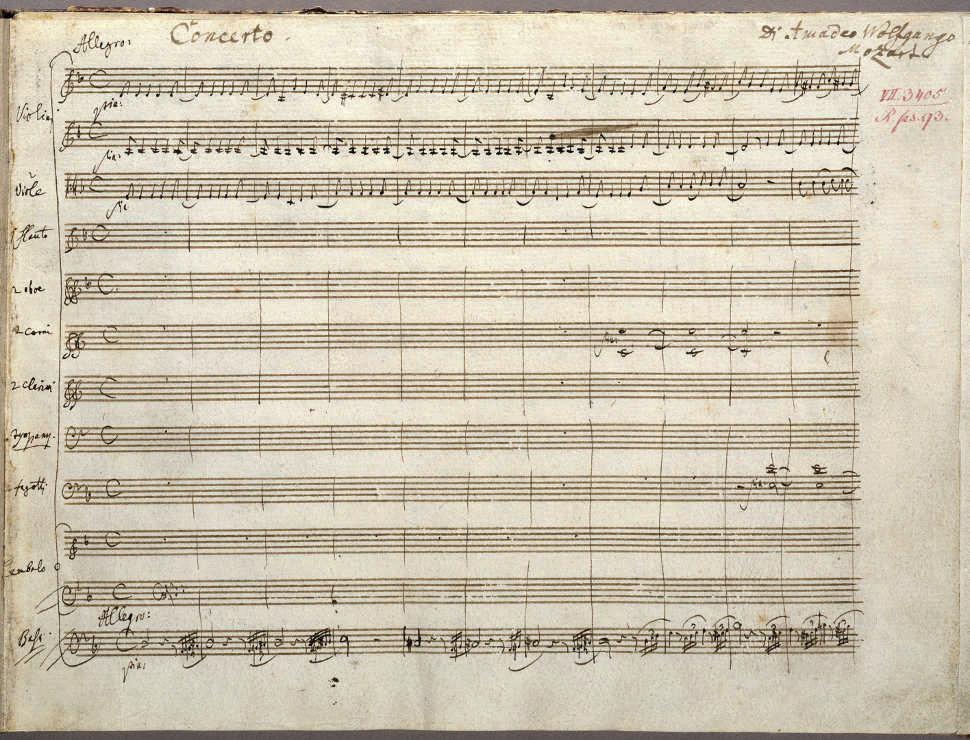
SEIKA ISHIDA PLAYS MOZART | 30 NOV & 1 DEC 2022
25
Manuscript of the piano concerto
PYOTR ILYICH TCHAIKOVSKY (1840–1893)
Orchestral Suite No. 3 in G major, Op. 55 (1884)
I II III IV
Élégie (Andantino molto cantabile)
Valse mélancolique (Allegro moderato)
Scherzo (Presto)
Tema con variazioni (Andante con moto)
In 1884, Russian composer Pyotr Ilyich Tchaikovsky returned to Russia from Paris to receive from Tsar Alexander III the Order of Saint Vladimir (fourth class), which included a title of hereditary nobility, and a personal audience with the Tsar. Buoyed by this success, he began writing a symphony and a piano concerto concurrently. Inspiration takes one down some strange pathways, and somehow during the creative process, the planned piano concerto turned into the Concert Fantasia in G, Op. 56, with the intended first movement of the symphony becoming its final movement, while the symphony became the Orchestral Suite No. 3 in G, Op. 55.
The mood of the introductory Élégie, as in much of his music, is melancholy with an edge of sombreness. His score for Swan Lake had been criticized for being “too symphonic”, but this suite was later used for Balanchine’s choreography at the New York City Ballet in 1970. Both the Élégie and Valse, scored for full orchestra and regular in form, are particularly emotive and display Tchaikovsky’s gift for orchestral writing and colour. The Scherzo brings irrepressible energy with mischievous woodwinds punctuated by triangle, drum, and tambourine. “Scherzo” is Italian for “joke”, and Tchaikovsky seems to have gone to town in experimenting with colours here.
The real meat of the work comes in the final movement, the Tema con variazioni
(“theme with variations”). The theme is first presented simply by violins with a light chordal accompaniment, followed by 12 variations:
1. Unison strings.
2. Unison strings with other instruments lightly accompanying.
3. Flutes take melody in the first part, then the clarinets, then back to flutes.
4. Change of theme for full orchestra.
5. Theme is given counterpoint.
6. Theme appears in quaver triplets.
7. The theme appears as a chorale.
8. Cor anglais takes the theme, accompanied by strings.
9. Violins take the theme, accompanied by clarinet and four horns.
10. Capriccio for violin solo, with only short orchestral passages.
11. Double basses and bassoon carry the theme, punctuated by other instruments.
12. The theme appears in form of a Polacca — the Italian word for the Polonaise. Stately and showy, it is highly decorated, bringing the suite to a close.
SEIKA ISHIDA PLAYS MOZART | 30 NOV & 1 DEC 2022
26
Programme notes by Edward C. Yong
Instrumentation
3 flutes (1 doubling on piccolo), 2 oboes, cor anglais, 2 clarinets, 2 bassoons, 4 horns, 2 trumpets, 3 trombones, tuba, timpani, bass drum, cymbals, snare drum, tambourine, triangle, harp, strings
World Premiere 24 Jan 1885, St. Petersburg, Russia
First performed by SSO 11 Oct 1991
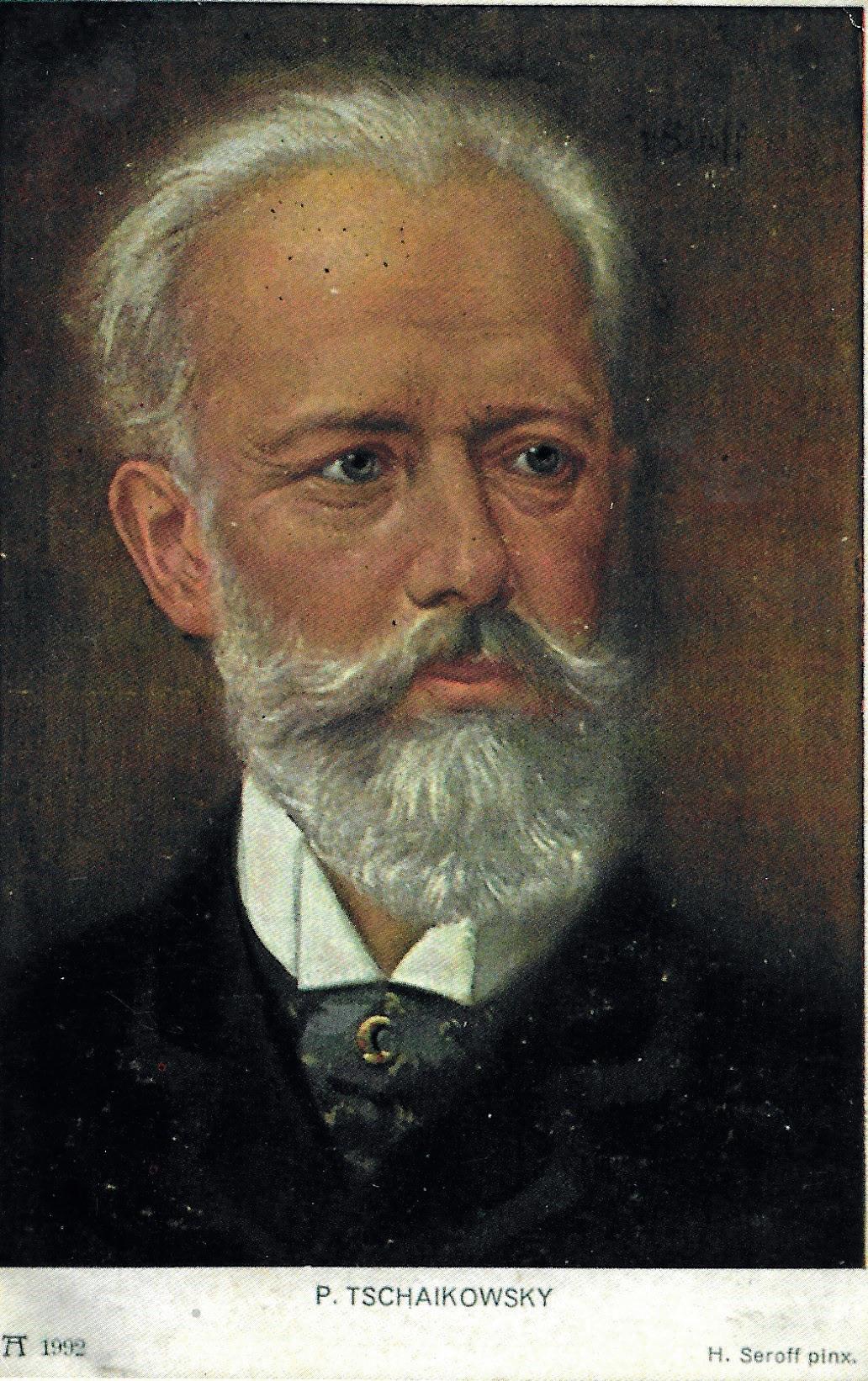
SEIKA ISHIDA PLAYS MOZART | 30 NOV & 1 DEC 2022
27
Painting of Tchaikovsky by H. Seroff
SSO GALA: KRYSTIAN ZIMERMAN IN CONCERT
7 & 8 Dec 2022, Wed & Thu
Singapore Symphony Orchestra
Krystian Zimerman piano/conductor
BEETHOVEN
Piano Concerto No. 4 in G major, Op. 58
BEETHOVEN
Esplanade Concert Hall 34 mins 20 mins 34 mins
Intermission Symphony No. 4 in B-flat major, Op. 60
Concert Duration: approximately 1 hr 45 mins (with 20 mins intermission)
Scan this QR code with the Singapore Symphony Mobile App.
CHECK-IN TO TONIGHT'S CONCERT
| 7
8 DEC 2022 28
SSO GALA: KRYSTIAN ZIMERMAN IN CONCERT
&
LUDWIG VAN BEETHOVEN
Piano Concerto No. 4 in G major, Op. 58 (1805)
I II III
Allegro moderato Andante con moto Rondo. Vivace
It is the nature of many concertgoers today to test the waters of new music hesitantly and carefully. Imagine, then, the circumstances under which Beethoven’s Fourth Piano Concerto was given its first public performance – as one of seven(!) works all heard by the Viennese for the first time, all by the same composer, and four of them of major dimensions. This fourhour marathon concert took place on 22 December 1808 in Vienna’s Theater an der Wien. It was a freezing cold evening, which meant conditions inside the unheated hall were uncomfortable, to say the least. In addition, Beethoven’s music was generally considered to be advanced and difficult both to play and to understand. It was truly a daunting prospect for most concertgoers that night.
Considering the cluttered context in which the Fourth Concerto was first heard, it is perhaps not so surprising that it failed to leave a vivid impression. It is music of a lyrical, intimate bent and with great subtlety of expression, especially in comparison with many of Beethoven’s previous works and to other works on that marathon concert of premieres. In fact, it was virtually forgotten until Mendelssohn revived it in 1836, nine years after the composer’s death.
There are many bold, innovative and radical touches to this concerto. The most famous and most obvious of these is the unprecedented solo introduction. The orchestra responds in a harmonically remote key (another surprise), and goes on to present and develop other themes. The soloist re-enters in a quasi-cadenza passage, and then joins the orchestra in a closely-woven tapestry of themes, motifs and rhythmic patterns.
The slow movement is, if anything, even more compelling and innovative than the first. In just a little over five minutes (one of the shortest slow movements of any wellknown concerto) there unfolds one of the most striking musical dialogues ever written. Initially we hear two totally different musical expressions: the orchestra (strings only) in unison octaves – imperious, assertive, angry, loud, angular; and the solo piano fully harmonised – meek, quiet, legato. Over the span of the movement the orchestra by stages relents and assumes more and more the character of the soloist. Tamed, seduced, won over, taught, assuaged and conquered are some of the terms used to give dramatic or literary interpretation to this remarkable musical phenomenon.
SSO GALA: KRYSTIAN ZIMERMAN IN CONCERT | 7 & 8 DEC 2022
29
Theater an der Wien anonymous watercolored pen and ink drawing, ca. 1800
The rondo finale steals in quietly, without pause, bringing much-needed wit, charm and lightness after the tense, dark drama of the slow movement. Trumpets and timpani are heard for the first time in the work. Like the first movement, it is full of interesting touches, including a rhythmic motto and a sonorous solo passage for the divided viola section. A brilliantly spirited coda brings the concerto to its conclusion.
Instrumentation flute, 2 oboes, 2 clarinets, 2 bassoons, 2 horns, 2 trumpets, timpani, strings
World Premiere c. Mar 1807, private concert in Vienna
First performed by SSO 6 Nov 1981 (Joerg Demus, piano)
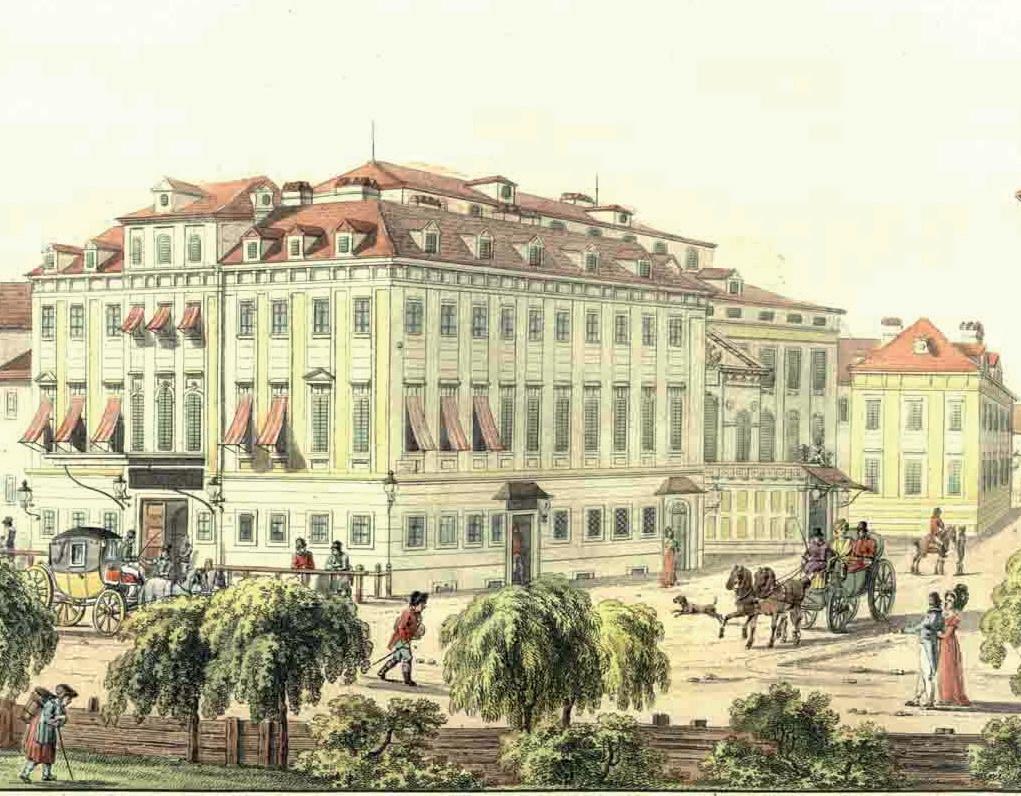
| 7 & 8 DEC 2022
SSO GALA: KRYSTIAN ZIMERMAN IN CONCERT
Programme note by Robert Markow
30
LUDWIG VAN BEETHOVEN (1770–1827)
Symphony No. 4 in B-flat major, Op. 60 (1806)
I II III IV
Adagio. Allegro vivace Adagio Allegro vivace Allegro ma non troppo
In 1806, Beethoven spent the summer as a guest of his Bohemian patron, Karl Alois, Prince Lichnowsky, at his country seat in Silesia (now divided up between Poland, Germany, and the Czech Republic).
On a visit to the nearby castle of Count Oppersdorff, the count commissioned a new symphony from Beethoven, and thus we came to have the Fourth Symphony, premiered in Vienna in 1807. Sandwiched between the two giants: Symphony No. 3 “Eroica” and Symphony No. 5, it has suffered comparative neglect.
The symphony begins with an ominous minor-key Adagio where the theme is first played on the double basses and then carried upwards suspensefully through the strings and winds – it is as if we have woken up in a dark room and trying to figure out where we are in the brooding gloom. A series of major chords announce that we have found the curtains and thrown them open, with light suddenly streaming in through the Allegro vivace – and then the music alternates between major and minor as it develops back in the ‘right’ key of B-flat major. The development is ingenious in how it leads us back to the recapitulation, a codetta based on the main theme.
The Adagio second movement in E-flat major is in rondo form, and unusually features timpani, as well as rather animated sections still echoing the rhythms of the
opening movement. The third movement reflects Beethoven’s pushing of boundaries – what was normally an ABA becomes an ABABA in his hands, and the traditional minuet gives way to a scherzo.
The final movement was marked Allegro ma non troppo and shows the influence of Beethoven’s teacher Haydn. Cheerful animated semiquavers in the strings form the first subject and keep the mood light, while a second subject from the oboe gives us some textural change. The motum perpetuum is interrupted when snatches of the main theme are suddenly played at half speed or punctuated by rests, as if the orchestra were breaking down as a joke, before the full orchestra abruptly comes back for the punchline.
Yong
Instrumentation
flute, 2 oboes, 2 clarinets, 2 bassoons, 2 horns, 2 trumpets, timpani, strings World Premiere c. Mar 1807, private concert in Vienna
First performed by SSO 13 Feb 1981
SSO GALA: KRYSTIAN ZIMERMAN IN CONCERT | 7 & 8 DEC 2022
Programme note by Edward C.
31
2023 CONCERT AUDITIONS
Auditions will be held for shortlisted Singaporean instrumentalists performing concertos written for their instrument and Singaporean vocalists performing any vocal work with orchestra.

ELIGIBILITY
Applicants should be Singapore citizens and be no more than 25 years of age, as of 1 July 2023.
APPLICATION DEADLINE
Applicants are invited to submit their online application by 31 December 2022, with the following items:
1. Biography including their date of birth, musical background and contact information 2. A high-quality video featuring a recent performance of a complete concerto with either piano or orchestra accompaniment, with composer name, duration of each movement and edition (if applicable) of the work clearly labelled.
For application enquiries, please contact: pypc@sso.org.sg

SSO PRESIDENT’S YOUNG PERFORMERS
SCAN TO APPLY APPLICATION DEADLINE 31 December 2022 2022 SOLOISTS (L–R) Quek Jun Rui oboe Pualina Lim piano Evangeline Ng soprano
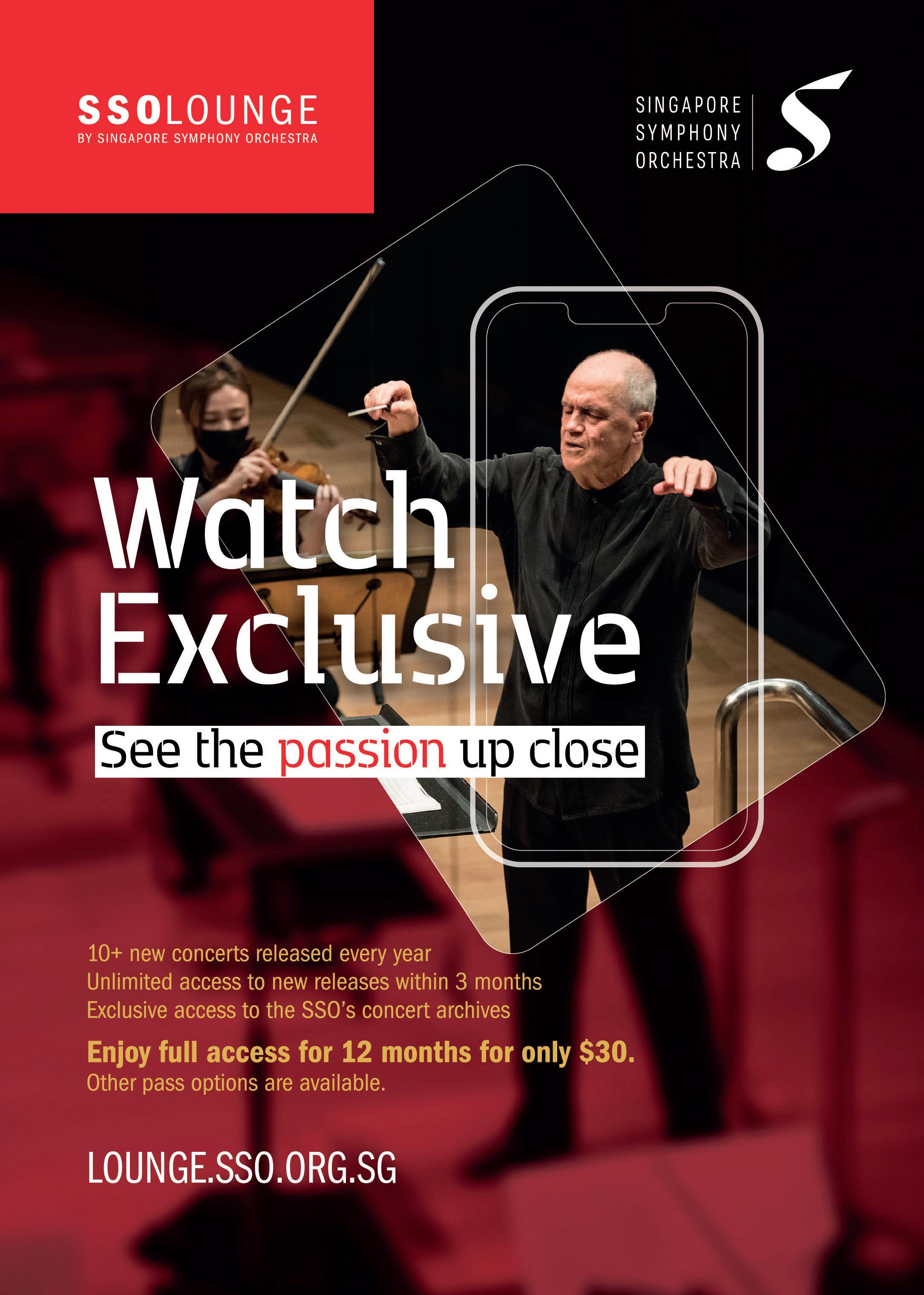
SSO SUPPORTERS
A Standing Ovation
TO OUR DONOR PATRONS
We would like to express our deepest appreciation to the following individuals and organisations who support our mission to create memorable shared experiences with music in the past year.
Without your support, it would be impossible for the SSO to continue to strive for artistic excellence and touch the hearts of audiences.

PATRON SPONSOR
Tote Board Group (Tote Board, Singapore Pools & Singapore Turf Club)
MAESTRO CIRCLE
SYMPHONY CIRCLE
In Memory of SH Chng Prof Arnoud De Meyer Dr & Mrs Antoine & Christina Firmenich Foundation Of Rotary Clubs (Singapore) Ltd Rod Hyland Lee Foundation The Santosa Family The Tanoto Family
PEI-SIAN PRINCIPAL CELLO
Mr & Mrs Goh Yew Lin Stephen Riady Group of Foundations Temasek Foundation The HEAD Foundation CONCERTMASTER CIRCLE Ho Ching Yong Hon Kong Foundation
NG
CONCERTO CIRCLE
Dennis Au & Geraldine Choong
Bloomberg Singapore Pte Ltd
Cara & Tamara Chang
Chua Khee Chin Jerry Chang
Embassy of France in Singapore Far East Organization
OVERTURE PATRONS
Cavazos Tinajero Family
Prof Cham Tao Soon
Alan Chan
Prof Chan Heng Chee
Dr & Mrs Choy Khai Meng
Christopher Fussner
Dr Geh Min
Vanessa & Darren Iloste
JCCI Singapore Foundation
Lee Li-Ming
Leong Wai Leng Lian Huat Group
Michael Lien Mavis Lim Geck Chin
SERENADE PATRONS
Bryan Carmichael
Creative Eateries Pte Ltd
DBS Mr & Mrs Dorian Goh
Goh Sze Wei
Ho Bee Foundation
Steven & Liwen Holmes
Katherine Kennedy-White
Leong Wah Kheong
Suzanne Lim Chin Ping
Dr Adrian Mondry msm-productions
Holywell Foundation Devika & Sanjiv Misra Geoffrey & Ai Ai Wong Yong Ying-I Dr Thomas Zuellig & Mary Zuellig Anonymous (1)
Prof & Mrs Lim Seh Chun
Liu Chee Ming
Marina Bay Sands Kai Nargolwala NSL Ltd
Dr Eddy Ooi Pavilion Capital Priscylla Shaw
Prof Gralf & Silvia Sieghold Tan Meng Cheng Ivan Tantallon Capital Advisors Pte Ltd Wong Hong Ching David Zemans & Catherine Poyen Anonymous (3) nTan Corporate Advisory Pte Ltd PropertyGuru Group David Ramli
Robin & Katie Rawlings
Sembcorp Energy For Good Fund Tibor Szabady
Tan Seow Yen Rhys Thompson & Zara Dang
United Overseas Bank Ltd Andrew & Stephanie Vigar Anonymous (5)
RHAPSODY PATRONS
Jocelyn Aw Lito & Kim Camacho
Cham Gee Len
Bobby Chin
Evelyn Chin
Mr & Mrs Choo Chiau Beng
Adrian Chua Tsen Leong
KC Chuang
Mr & Mrs Winston Hauw
Khoo Boon Hui
Kris Foundation
Sajith Kumar
Winston & Valerie Kwek
Viktor & Sonja Leendertz
Er Stephen Leong Charmaine Lim
PRELUDE PATRONS
Marcelo Viccario Achoa
Aloha Dental Pte Ltd
Ang Jian Zhong
Ang Seow Long
Kaiyan Asplund & Family
Dr Taige Cao
Chan Ah Khim
Vivian P J Chandran
Chang Chee Pey Yuna Chang
Jeanie Cheah
Cynthia Chee
Dr Jonathan Chee
Cheng Eng Aun Cheng Wei
Peter Chew
Dr Faith Chia
Anthony Chng
Pamela Chong
Tiffany Choong & Shang Thong Kai
Chor Siew Chun Lenny Christina
Jonathan A Chu
Clarence Chua
Dr Darren Lim
Junko & Stuart Liventals
Prof Tamas Makany & Julie Schiller
Joshua Margolis & Chong Eun Baik
Meng
Esmé Parish & Martin Edwards
Ian & Freda Rickword
Charles Robertson
Ron & Janet Stride
Gillian & Daniel Tan
Aileen Tang Anthony Tay Jinny Wong
Wicky Wong
Anonymous (8)
Jennie Chua
Sally Chy
Pierre Colignon
DCP
Dong Yingqiu
Jeremy Ee
Fergus Evans
Jamie Lloyd Evans
Elizabeth Fong
John & Pauline Foo
Paul Foo
Gan Yit Koon
Goh Chiu Gak
Cynthia Goh Goh Geok Ling
Mrs Goh Keng Hoong
Michael Goh
Goh Shin Ping Chiraporn
Vivien Goh
Guo Zhenru
Jerry Gwee
Richard Hartung
Dr Guy J P Hentsch
Ichiro Hirao
Ho Jin Yong
Mr & Mrs Simon Ip
The Kauffman-Yeoh Family
Ernest Khoo
Khor Cheng Kian
Belinda Koh Yuh Ling
Helen Koh
Terri Koh
In Memory of Timothy Kok Tse En Colin Lang
Mr & Mrs Winson Lay
Joshen Lee
Kristen Lee Lee Mun Ping
Dr Norman Lee
Dr Lee Suan Yew
Douglas Leong
Wendy Leong Marnyi
Li Danqi
Dr Bettina Lieske
Liew Wei Li
Edith & Sean Lim
Candice Ling
Firenze Loh
Low Boon Hon
Low Hong Kuan
Alwyn Loy Benjamin Ma
Andre Maniam
Megan, Raeanne & Gwyneth
Francoise Mei
Ng Wan Ching & Wong Meng Leong
Ngiam Shih Chun
Joy Ochiai
Monique Ong
Audrey Phua
Preetha Pillai
Robert Khan & Co Pte Ltd
Danai Sae-Han
Yuri Sayawaki
Bumke Scheer Family
Thierry Schrimpf
Peter Seah Omar Slim
Soh Leng Wan
Casey Tan Khai Hee
Celine Tan
Tan Cheng Guan
Dr Tan Chin Nam
Dr Giles Ming Yee Tan
Gordon HL Tan
Joanne Tan
Tan Lian Yok
Tan Pei Jie
Prof Tan Ser Kiat
Tan Yee Deng
Tang See Chim Tee Linda
David Teng
Jessie Thng
Mario Van der Meulen
Manju & Arudra Vangal
Amanda Walujo
Nicole Wang Remes
Wong Yan Lei Grace
Jennifer S Wu
Wu Peihui
Valerie Wu Peichan
Ivan Yeo
Yong Seow Kin
The Sohn Yong Family
Yasmin Zahid
Zhang Zheng
Anonymous (35)
This list reflects donations that were made from 1 Oct 2021 to 30 Sep 2022. We would like to express our sincere thanks to donors whose names were inadvertently left out at print time.
The Singapore Symphony Group is a charity and a not-for-profit organisation.
Singapore tax-payers may qualify for 250% tax deduction for donations made.
You can support us by donating at www.sso.org.sg/donate or www.giving.sg/sso.
How can you help?
SUPPORT
In our journey of 44 years in giving meaning to music, we owe our achievements and milestones to all who have helped build the SSO since day one - our
talented musicians, and generous patrons who have
your
world map.
While SSO is supported partially by funding from the Singapore government, a significant part can only be unlocked as matching grants when we receive donations from the public. If you are in a position to do so, please consider making a donation to support your orchestra –
the future by giving in the present. As a valued patron of the SSO, you will receive many benefits. Through the SSO and its affiliated performing groups, we spread the love for music, nurture talent and enrich our diverse communities. The Singapore Symphony Orchestra is a charity and not-for-profit organisation. To find out more, please visit www.sso.org.sg/support-us, or write to Nikki Chuang at nikki@sso.org.sg . With You, WE CAN BUILD The Future of Music. *Complimentary ticket benefits do not apply to Esplanade & Premier Box seats, or supporters who give through a fundraising event. ^Discounts are not applicable for purchase of Esplanade & Premier Box seats. DONOR RECOGNITION & PUBLIC ACKNOWLEDGEMENT Concert booklets and website Patron of the Arts Nomination Donors’ Wall at VCH Subscription/VCHpresents/ Family/SIPF/SISTIC Live Gala/Christmas/Pops SSO Special Gala Concerts SSOLOUNGE 12M All-Access Pass OTHER BENEFITS Invitation to special events Overture $10,000 - $24,999 16 tickets 4 tickets Prelude $1,000 - $2,499 6 tickets Rhapsody $2,500 - $4,999 10 tickets Concerto $25,000 - $49,999 20 tickets 6 tickets 2 tickets Symphony $50,000 & above 40 tickets 20 tickets 4 tickets Donations of $100 and above will entitle you to priority bookings, and discounts^ on SSG Concerts. For tax residents of Singapore, all donations may be entitled to a tax deduction of 2.5 times the value of your donation. For donations of $100 and above Serenade $5,000 - $9,999 12 tickets 2 tickets COMPLIMENTARY TICKETS*
THE SSO
passionate audiences,
placed
national orchestra on the
Build
CORPORATE PATRONAGE
Form a special relationship with Singapore’s national orchestra and increase your name recognition among an influential and growing audience. Our concerts provide impressive entertainment and significant branding opportunities.
SSO Corporate Patrons enjoy attractive tax benefits, Patron of the Arts nominations, acknowledgements in key publicity channels, complimentary tickets, and invitations to exclusive SSO events. For more

HEARTFELT THANKS TO OUR CORPORATE PATRONS Temasek Foundation The HEAD Foundation Stephen Riady Group of Foundations Yong Hon Kong Foundation Lee Foundation Foundation of Rotary Clubs (Singapore) Ltd IN-KIND SPONSORS SMRT Corporation Singapore Airlines Symphony 924 Your support makes
for us to
artists,
details, please write to Chelsea Zhao at chelsea.zhao@sso.org.sg.
it possible
host world-renowned
including the Singapore debut of piano legend Martha Argerich in 2018.
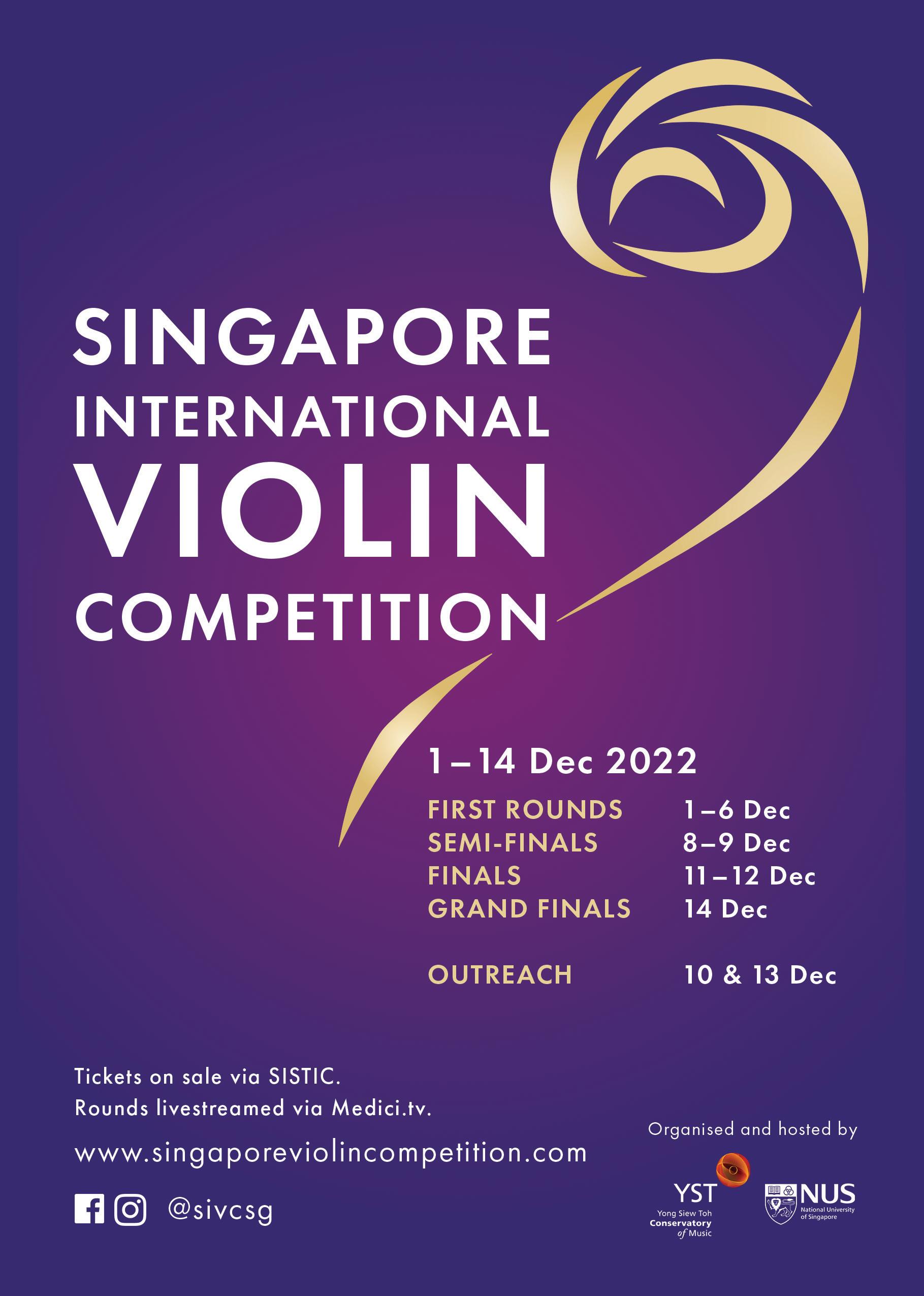

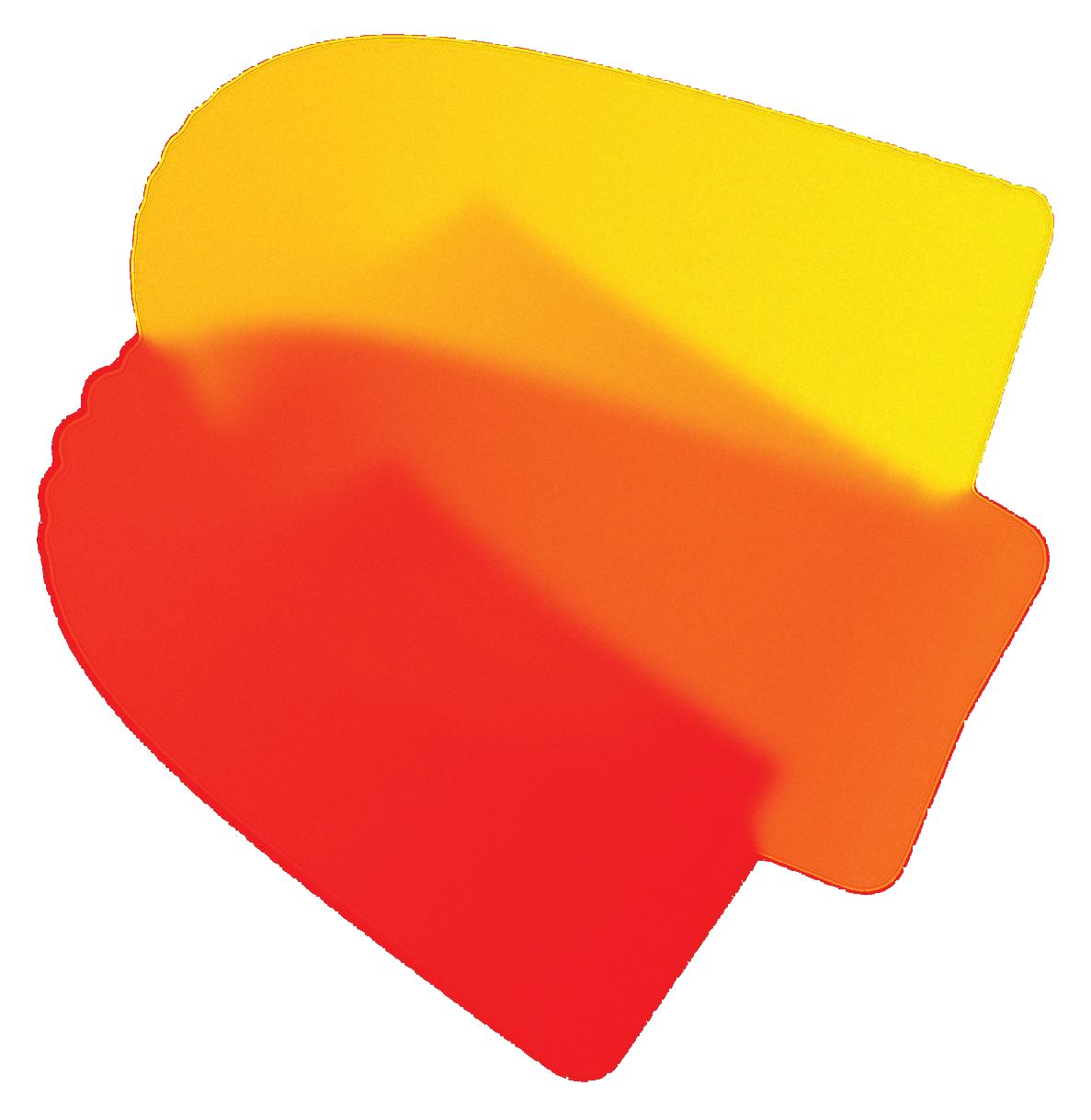






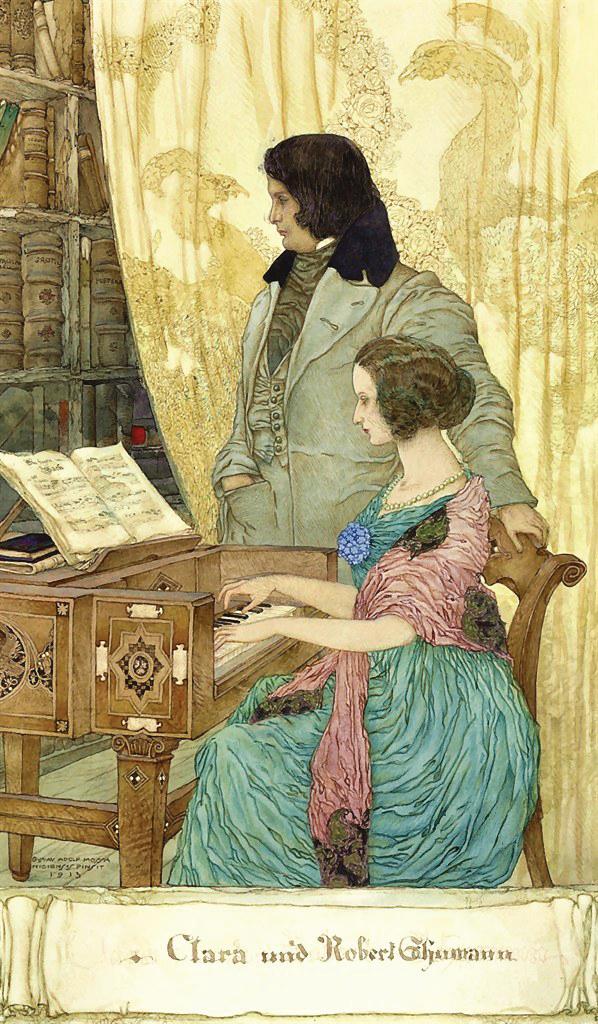
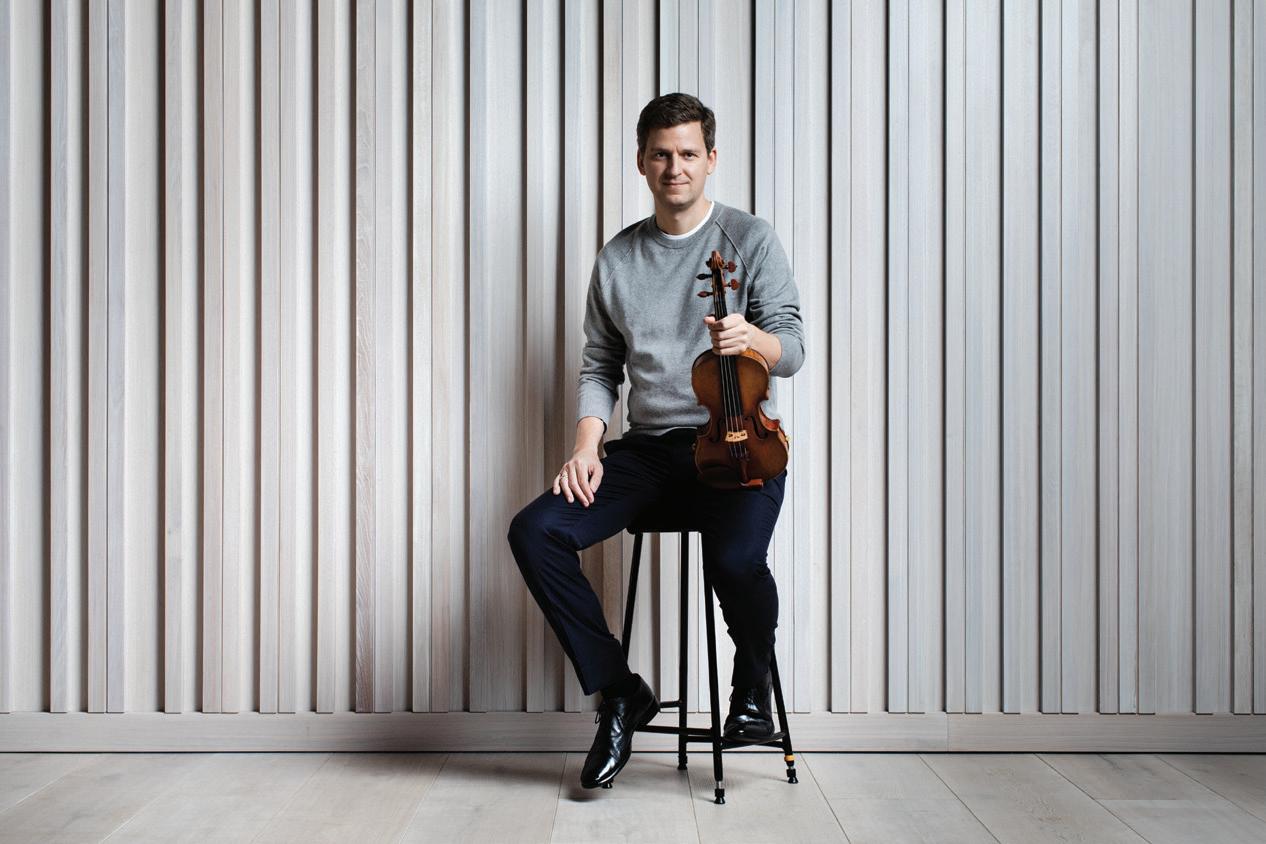
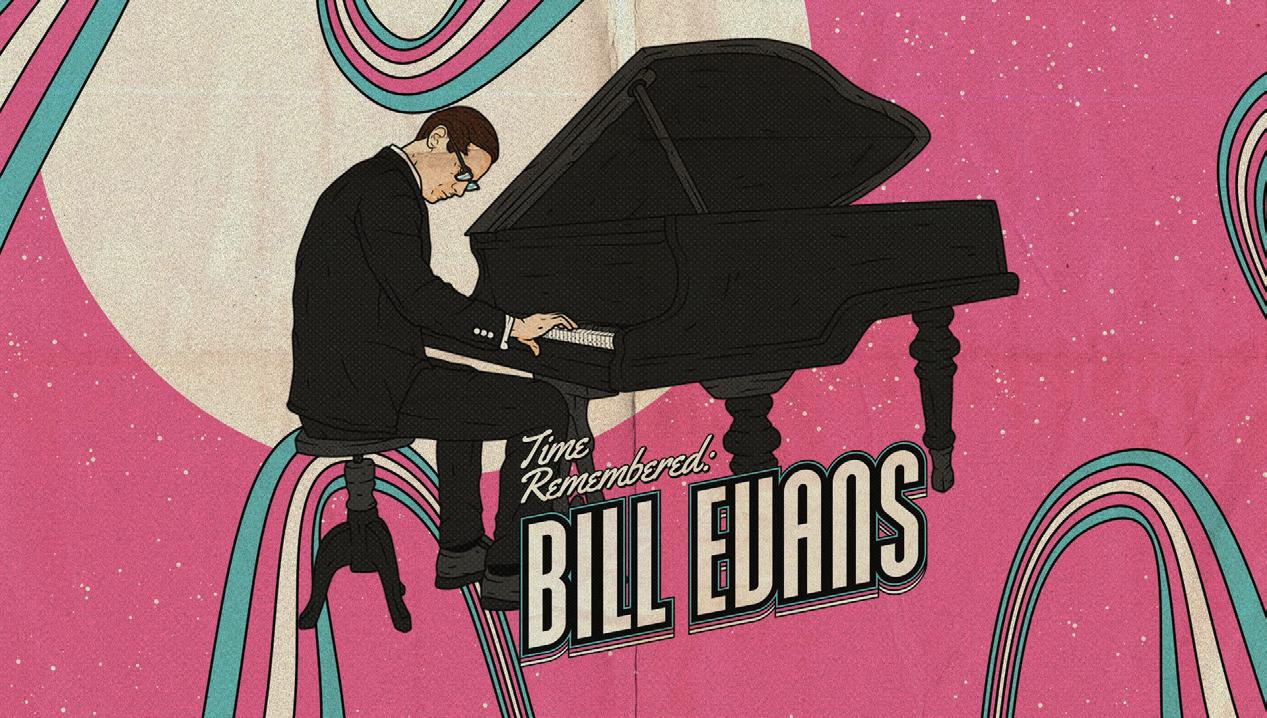


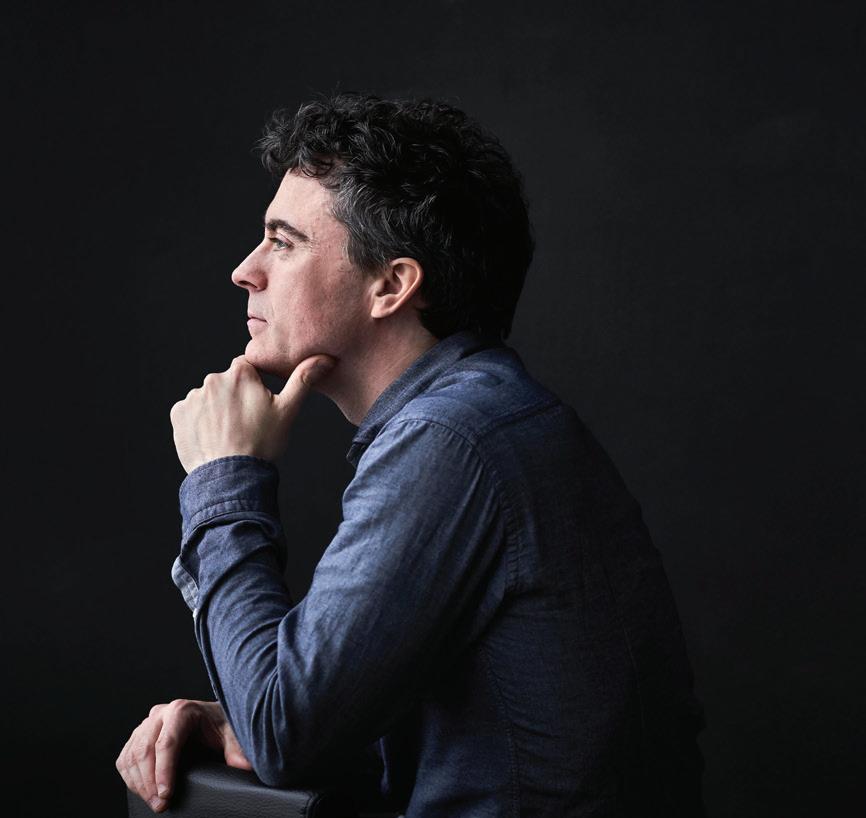
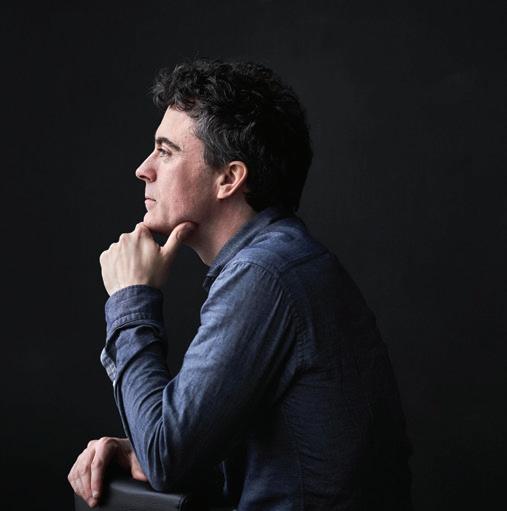

JAN TO MAR 2023
2022/23 Season
All concerts are held at the Victoria Concert Hall with the exception of 'The Tales of Yu Jing' that will be held at the Victoria Concert Hall Dance Studio
Intimate Moments Series Supported by Supported by Patron Sponsor
Organ Series Sponsored by
Thomas Clausen Trio
Sun 8 Jan, 4pm
Time Remembered –Bill Evans
CHAMBER
ORGAN
BOARD OF DIRECTORS & COMMITTEES
CHAIR
Goh Yew Lin
BOARD OF DIRECTORS
Yong Ying-I (Deputy Chair)
Chang Chee Pey
Chng Hak-Peng
Chng Kai Fong
Prof Arnoud De Meyer Warren Fernandez
Liew Wei Li
Sanjiv Misra
Lynette Pang
Prof Qin Li-Wei
Geoffrey Wong
Yee Chen Fah
Andrew Yeo Khirn Hin Yasmin Zahid
NOMINATING AND EXECUTIVE COMMITTEE
Goh Yew Lin (Chair)
Prof Arnoud De Meyer (Treasurer)
Geoffrey Wong
Yong Ying-I
HUMAN RESOURCES
COMMITTEE
Yong Ying-I (Chair)
Chng Kai Fong
Prof Arnoud De Meyer
Heinrich Grafe
Doris Sohmen-Pao
INVESTMENT COMMITTEE
Geoffrey Wong (Chair)
Sanjiv Misra
David Goh Alex Lee
AUDIT COMMITTEE
Yee Chen Fah (Chair) Warren Fernandez Lim Mei Jovi Seet
SNYO COMMITTEE
Liew Wei Li (Chair)
Prof Qin Li-Wei Benjamin Goh Vivien Goh Dr Kee Kirk Chin Clara Lim-Tan
SSO MUSICIANS’ COMMITTEE
Mario Choo
Guo Hao
David Smith
Wang Xu Christoph Wichert
Elaine Yeo
Zhao Tian
SSO COUNCIL
Alan Chan (Chair)
Odile Benjamin Prof Chan Heng Chee
Choo Chiau Beng Dr Geh Min Heinrich Grafe Khoo Boon Hui
Lim Mei
JY Pillay Dr Stephen Riady Priscylla Shaw
Prof Gralf Sieghold Andreas Sohmen-Pao
Prof Bernard Tan Dr Tan Chin Nam
Tan Choo Leng Tan Soo Nan Wee Ee Cheong
CHIEF EXECUTIVE OFFICER
ARTISTIC PLANNING
Administration
Yen
Chiang Lynnette Chng
Ernest Khoo
Library Lim Lip Hua
Avik Chari Wong Yi Wen Orchestra Management
Min
Peck Xin
Production Management Noraihan
Nordin
Fenella Ng Giovanni Harris Ramayah Elango Khairi Edzhairee
Producer) COMMUNITY
Kok Tse Wei (Head) Community Engagement Kua Li Leng (Head) Erin Tan Samantha Lim Terrence Wong Choral Programmes Kua Li Leng (Head) Regina Lee Whitney Tan Mimi Syaahira Bte Ruslaine Singapore National Youth Orchestra Pang Siu Yuin (Head) Tang Ya Yun Tan Sing Yee ABRSM Patricia Yee Lai Li-Yng Joong Siow Chong Freddie Loh May Looi William Teo CEO OFFICE Shirin Foo Musriah Bte Md Salleh
PATRONS Development Chelsea Zhao (Head) Anderlin Yeo Nikki Chuang Charmaine Fong Elliot Lim Jessica Lee Marketing Communications Cindy Lim (Head) Chia Han-Leon (Content Lead) Calista Lee (Digital Projects) Sean Tan Myrtle Lee Hong Shu Hui Jana Loh Sherilyn Lim Elizabeth Low Customer Experience Randy Teo Dacia Cheang Joy Tagore CORPORATE SERVICES Finance, IT & Facilities Rick Ong (Head) Alan Ong Goh Hoey Fen Loh Chin Huat Md Zailani Bin Md Said Human Resources and Legal Valeria Tan (Head) Janice Yeo Fionn Tan Evelyn Siew Edward Loh Organisation Development Lillian Yin
Hans Sørensen (Head) Artistic
Teo Chew
Jodie
OPERATIONS
(Head)
(Head)
Chia Jit
(Head)
Hui
Bte
(Head)
Jan Soh (Digital
IMPACT
SINGAPORE SYMPHONY GROUP MANAGEMENT
Hak-Peng
Chng
SNYO in Concert Tales of Fantasy
Sun, 4 Dec 2022, 4pm Victoria Concert Hall
Singapore National Youth Orchestra Peter Stark conductor

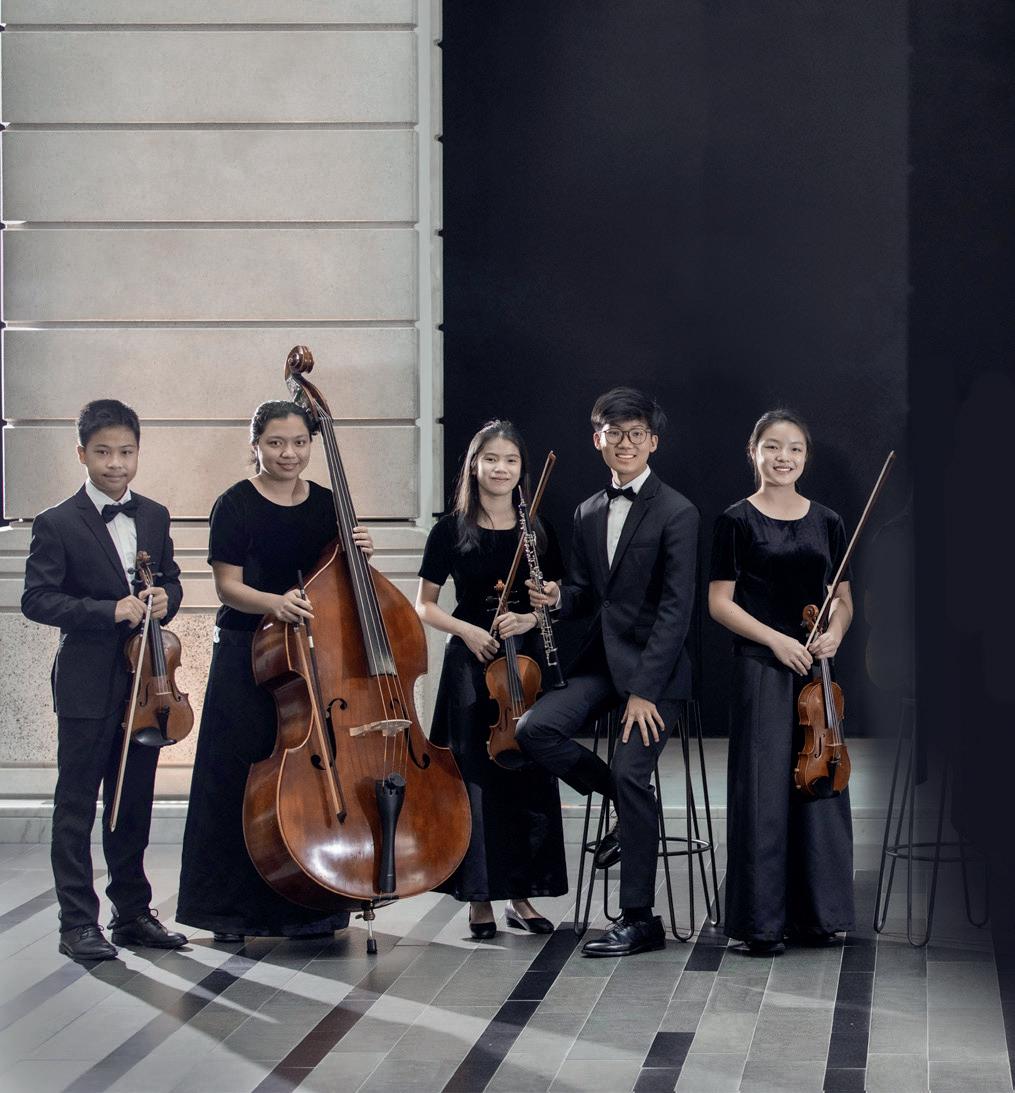
TCHAIKOVSKY
The Nutcracker Suite No. 1, Op. 71a

BERLIOZ
Symphonie fantastique Op.
14 @SNYO.sg Another extraordinary performance proudly presented by SNYO Scan to book Tickets are available at $20 and $15 from SSO.ORG.SG with 50% student concession

Mr & Mrs
Goh Yew Lin
Riady Group of Foundations
Official Outdoor Media Par tner Official Community Par tner

Official Radio St ation Official Air line
The mission of the Singapore Symphony Group is to create memorable shared experiences with music. Through the SSO and its affiliated per forming groups, we spread the love for music, nur ture talent and enrich our diver se communities. The Singapore Symphony Orchestra is a charity and not-for-profit organisation. You can suppor t us by donating at www.sso.org.sg/donate.

M A T C HE D
S U PP O R TED B Y P A T R O N SP O NS O R
SEASON P A R TNER S SEASON P A T R O N S MAJOR D O N O R S
B Y
Stephen
 MOZART FLUTE & HARP CONCERTO IN ASSOCIATION WITH THE 2022 VOILAH! FRANCE SINGAPORE FESTIVAL
MOZART FLUTE & HARP CONCERTO SUPPORTED BY
MOZART FLUTE & HARP CONCERTO IN ASSOCIATION WITH THE 2022 VOILAH! FRANCE SINGAPORE FESTIVAL
MOZART FLUTE & HARP CONCERTO SUPPORTED BY






















































